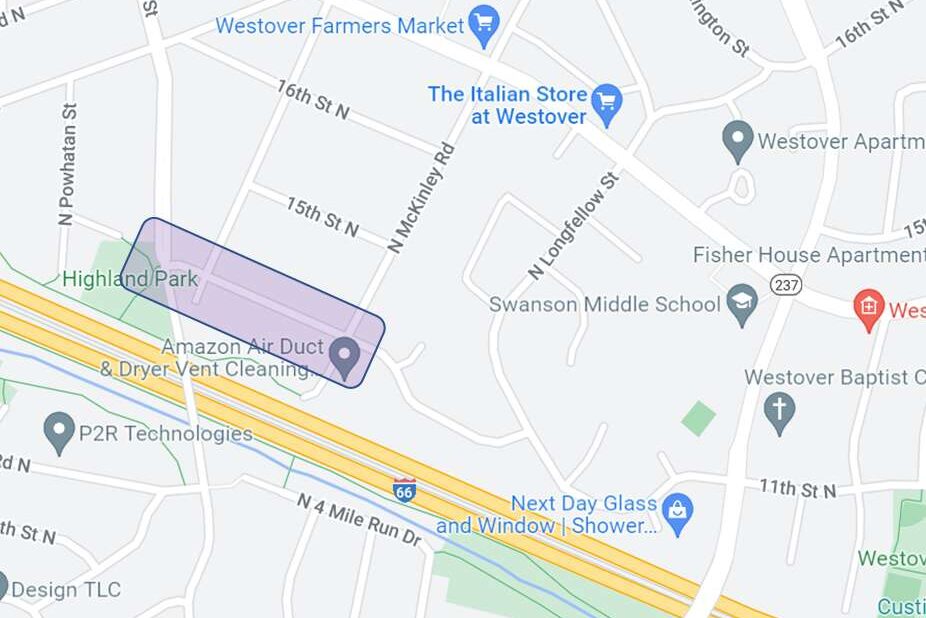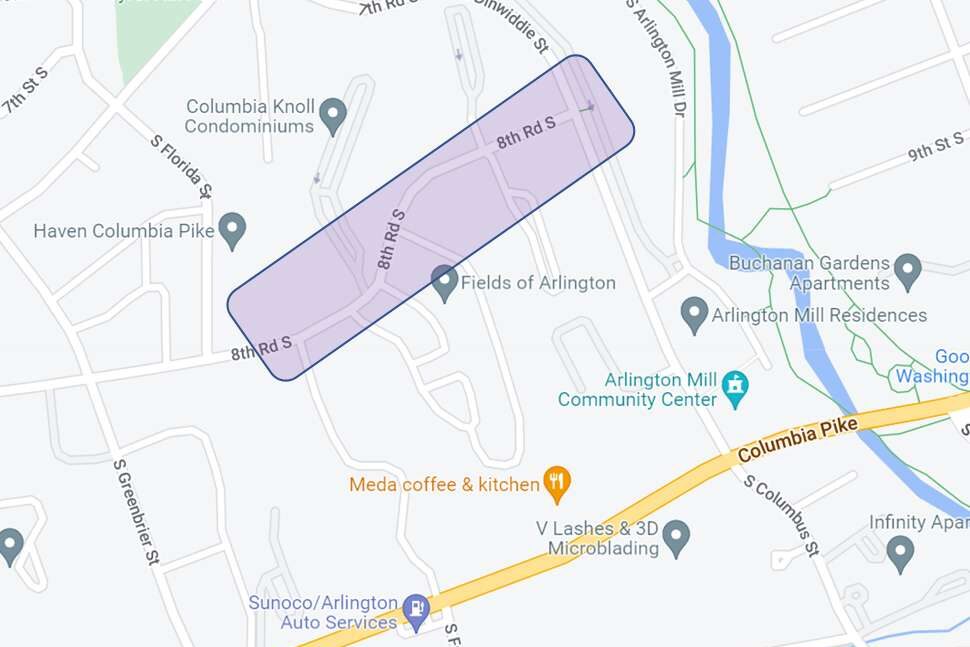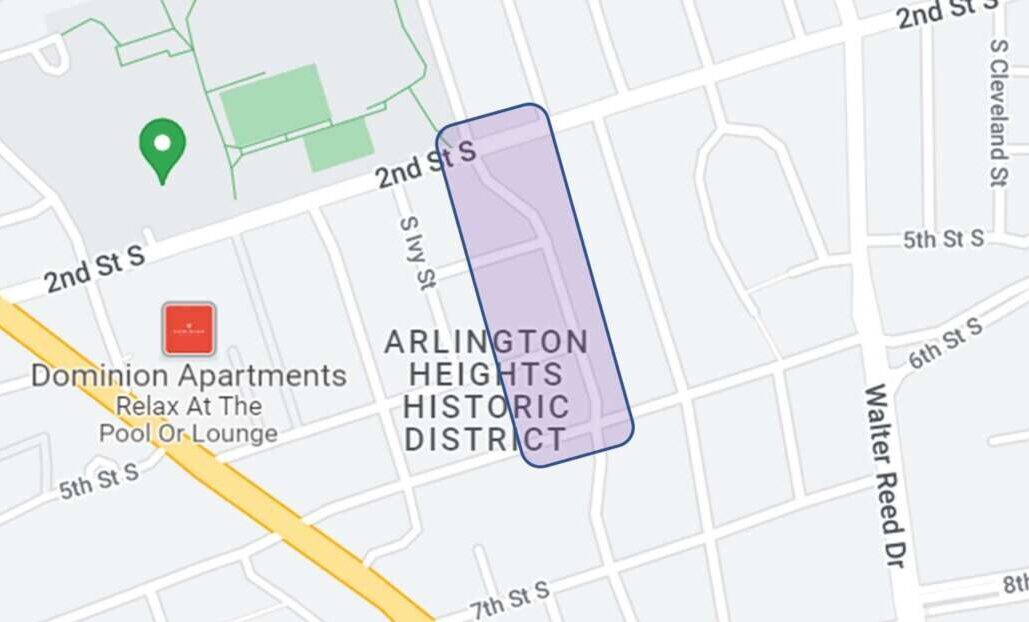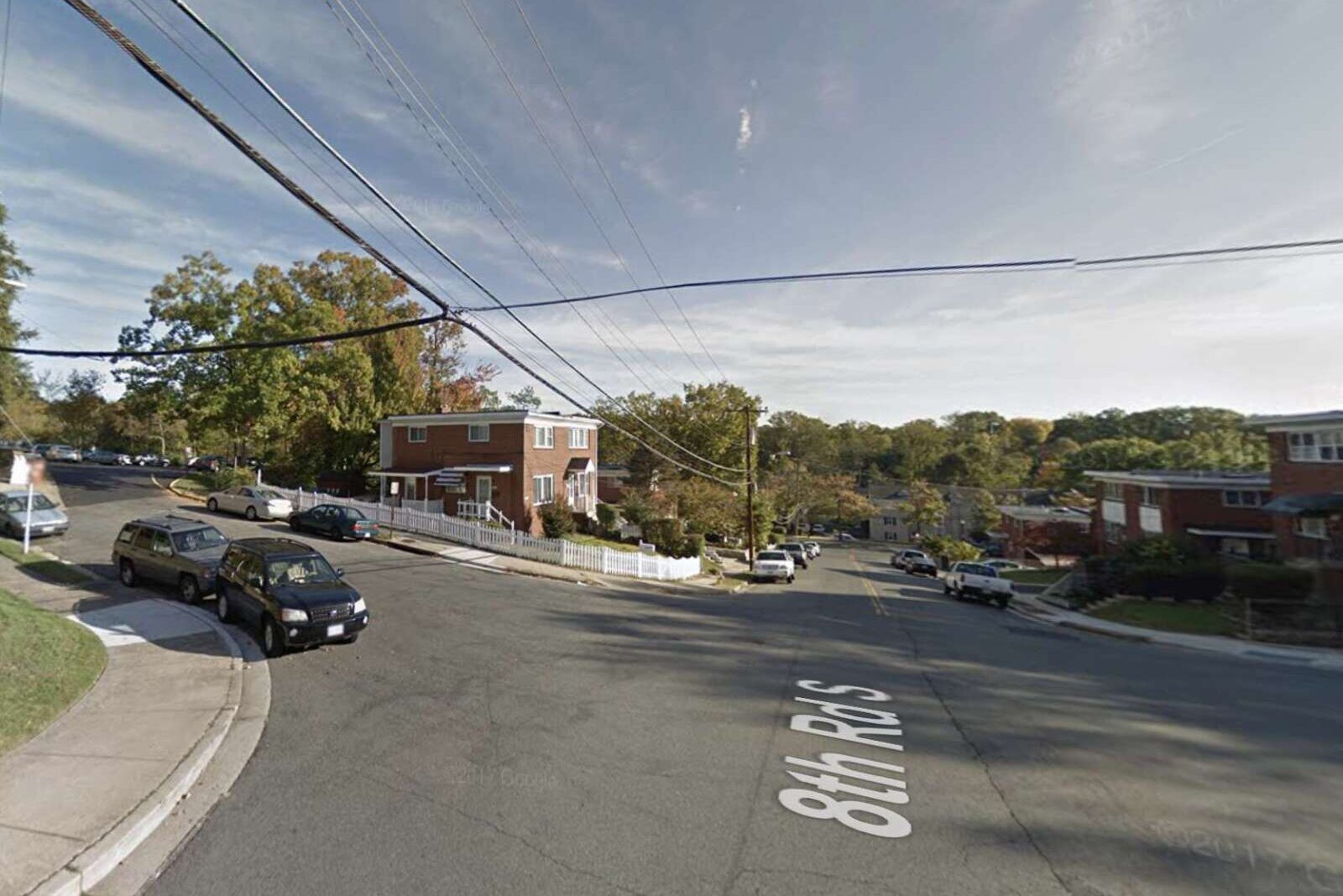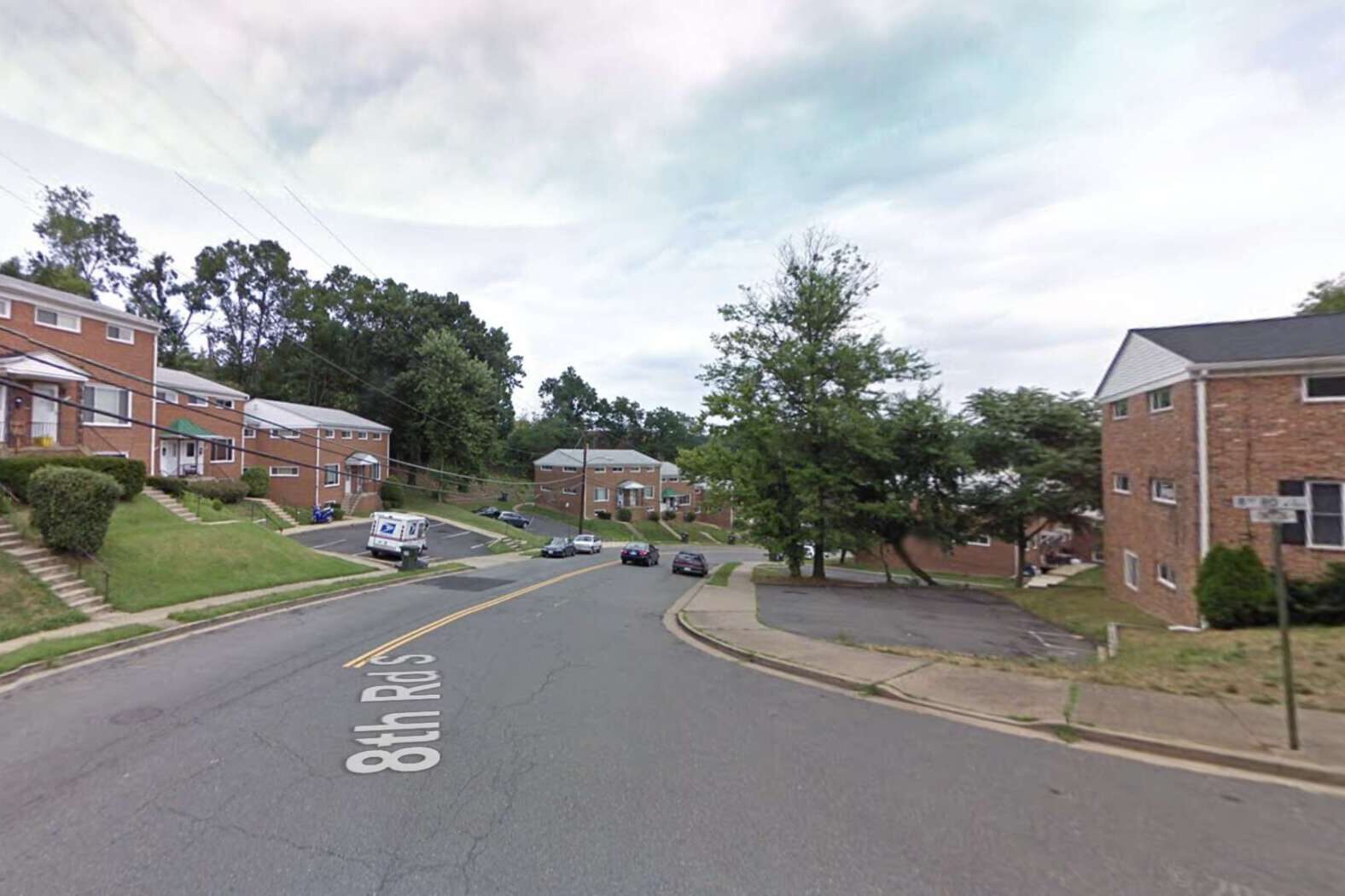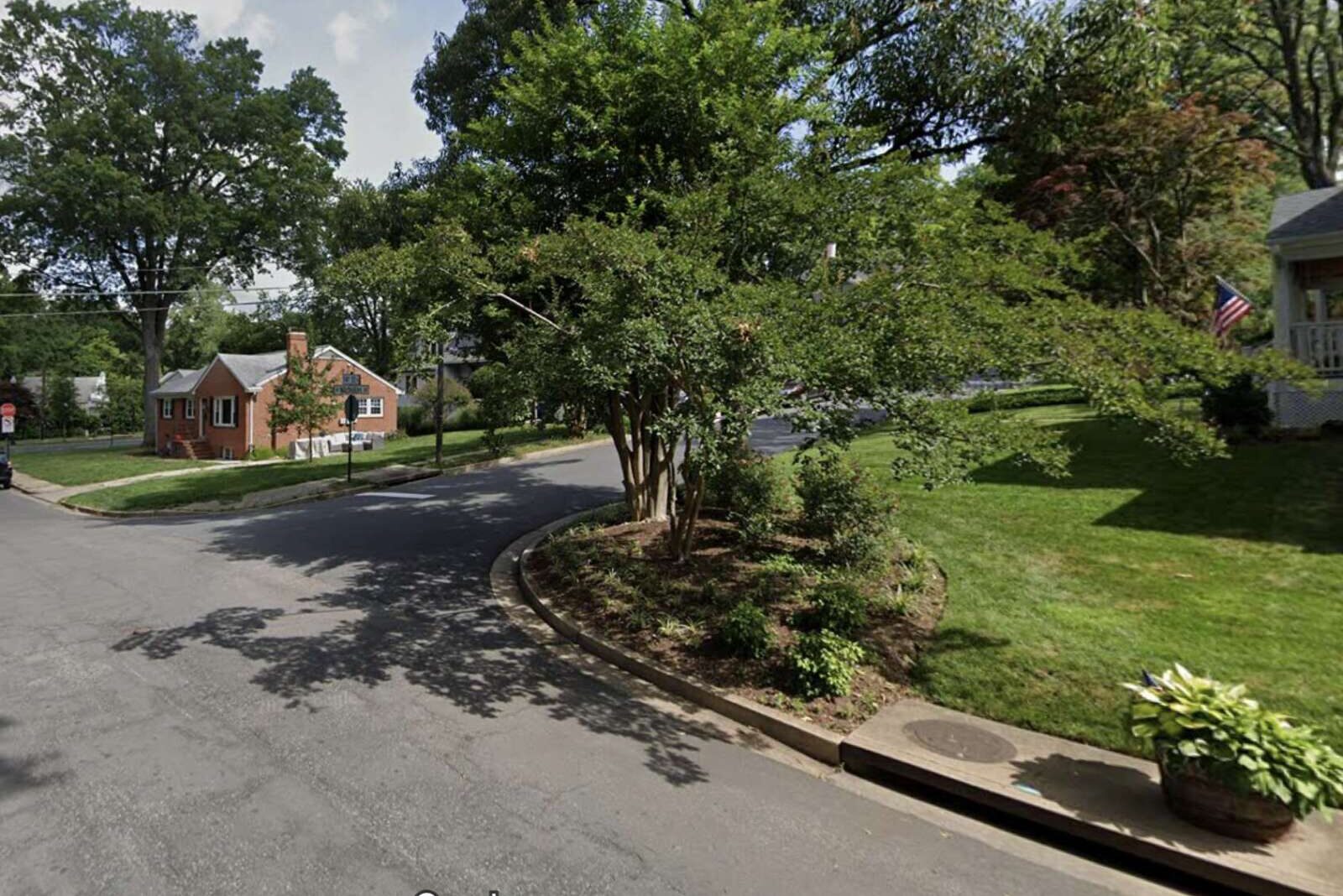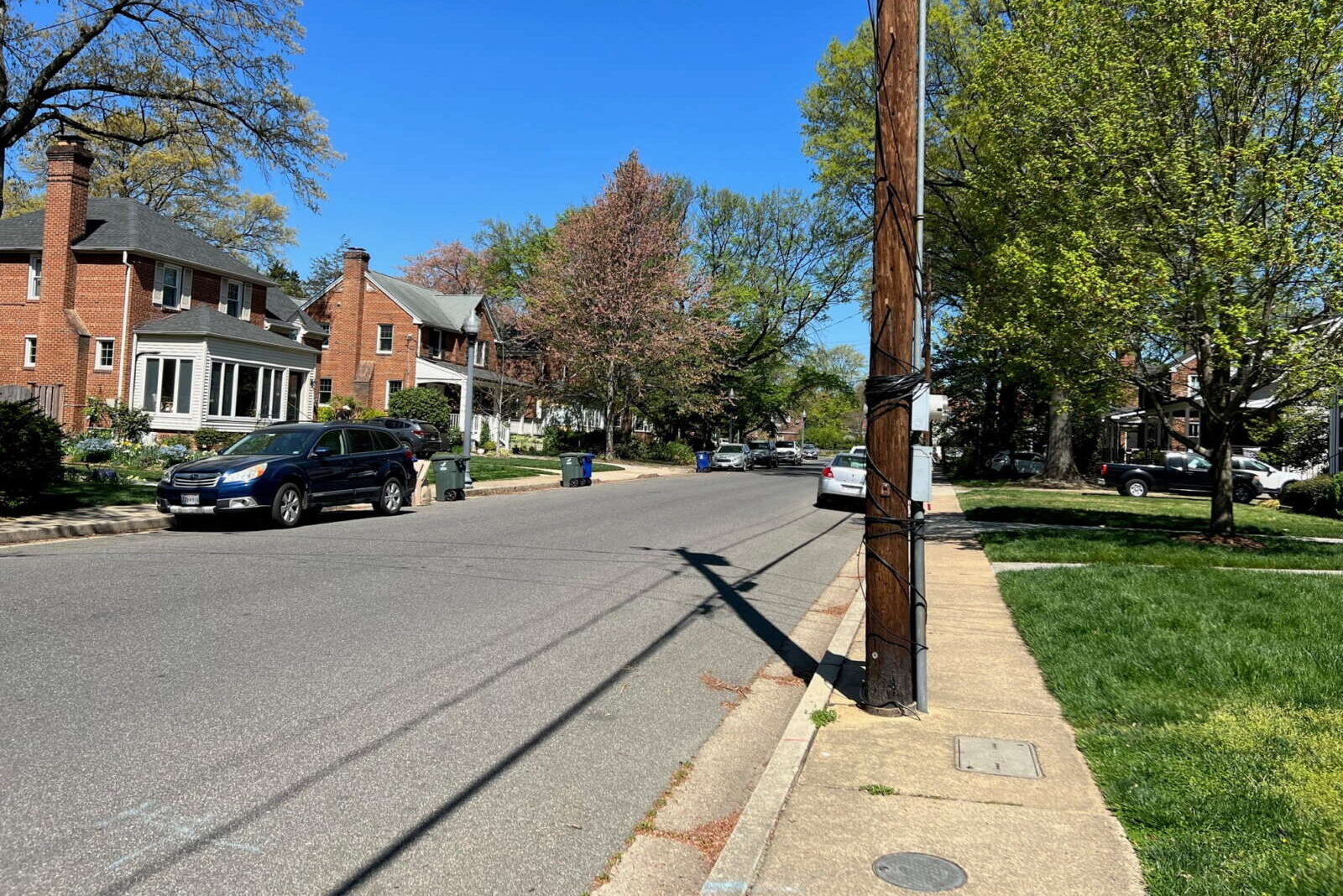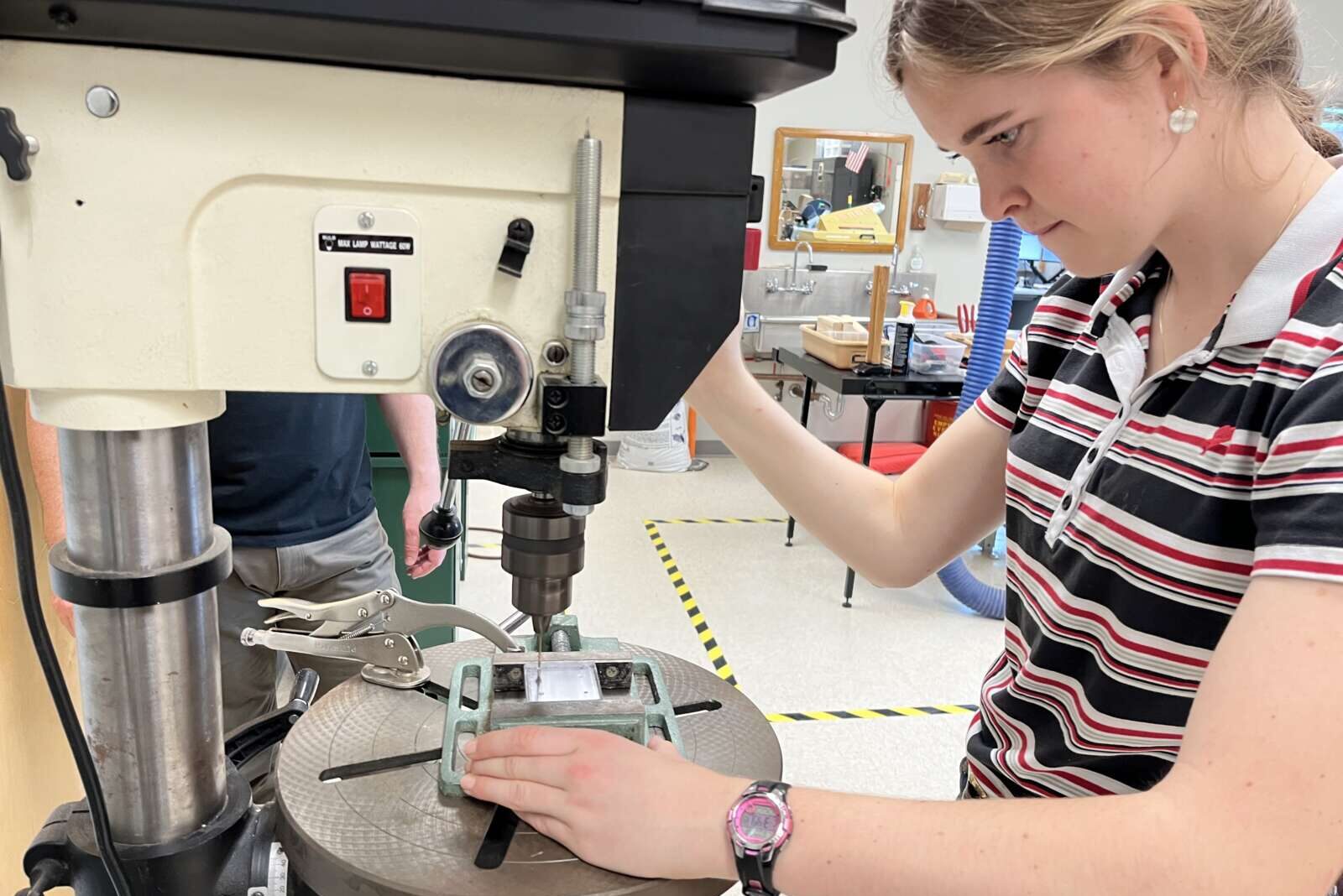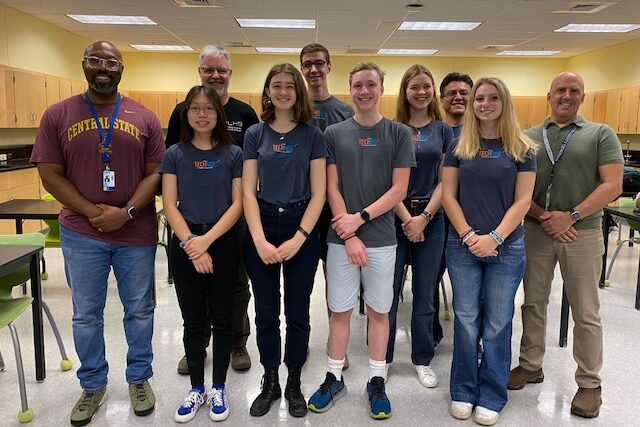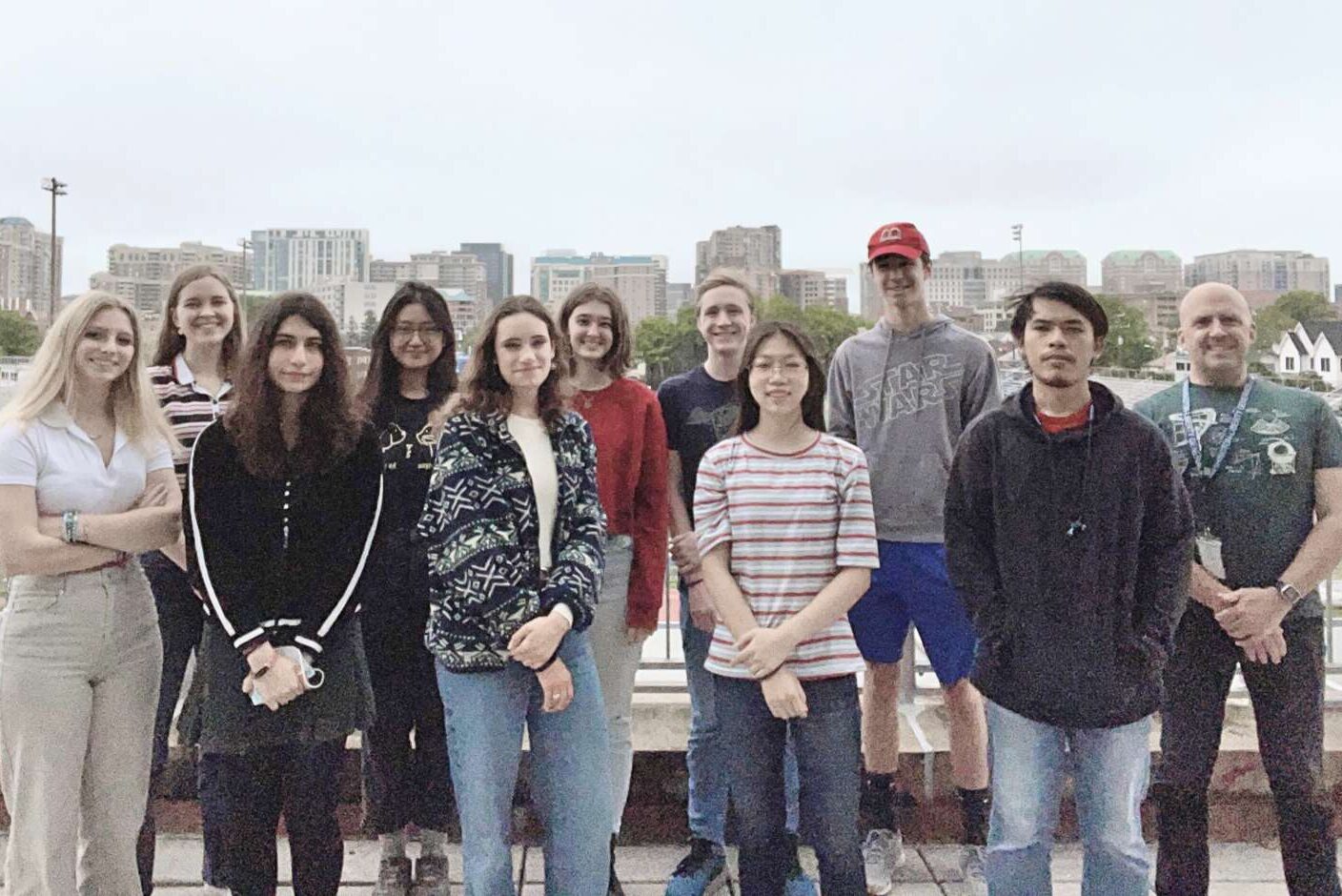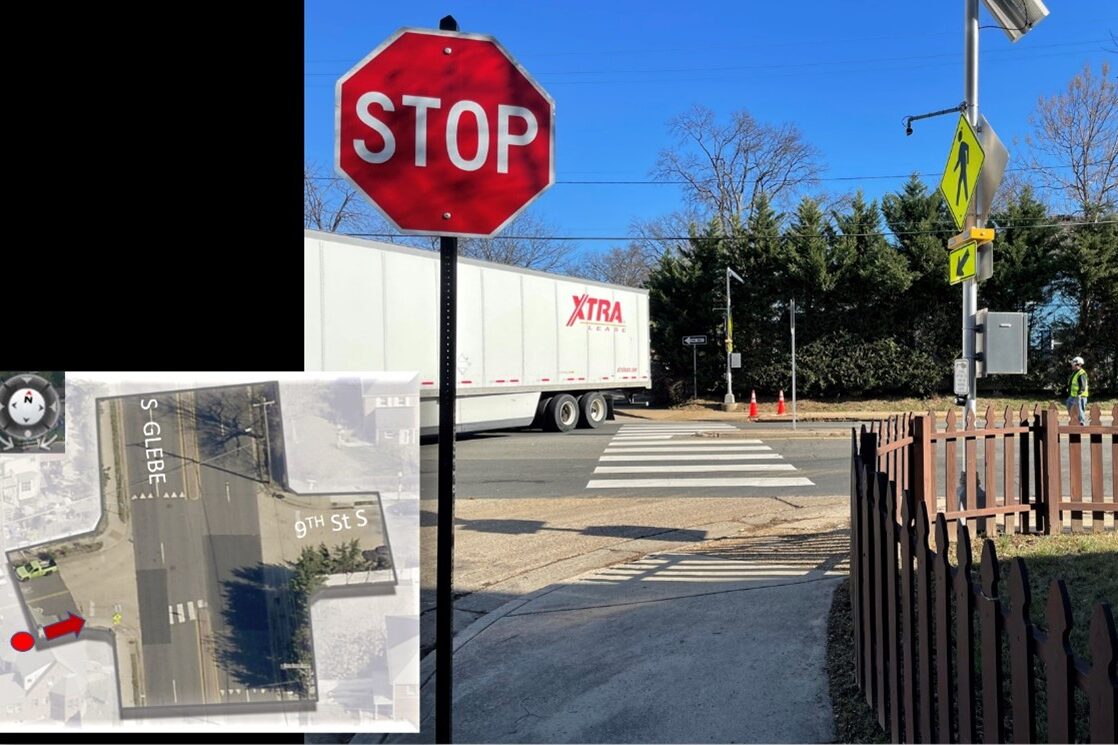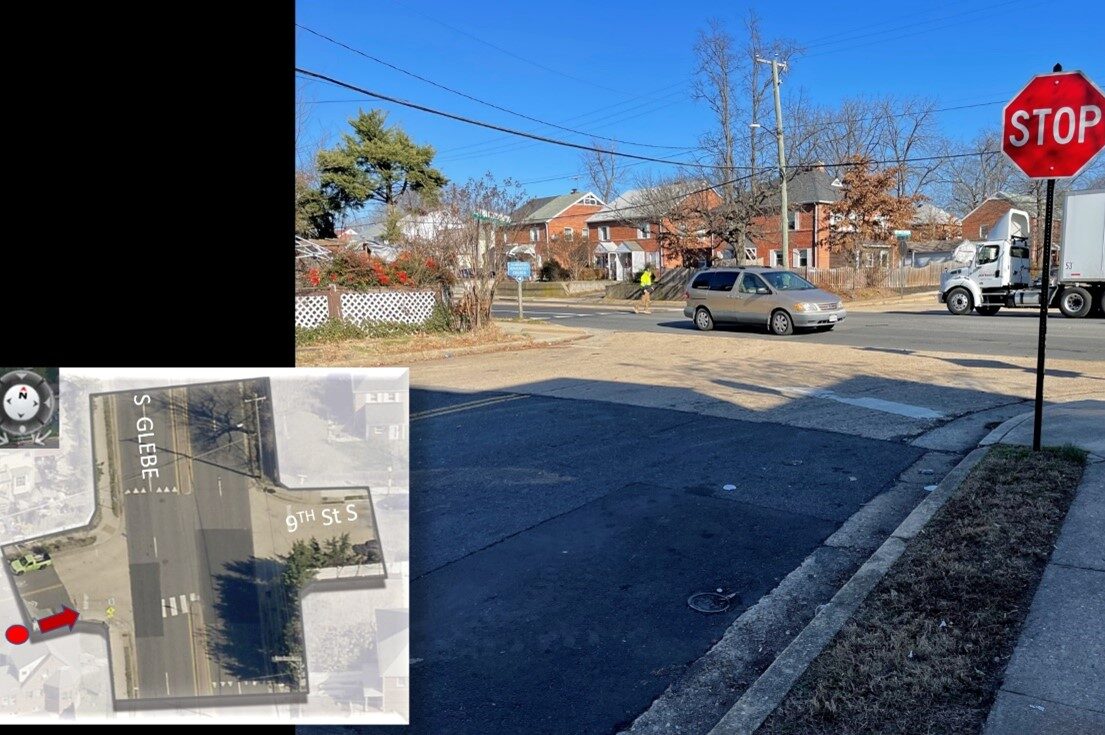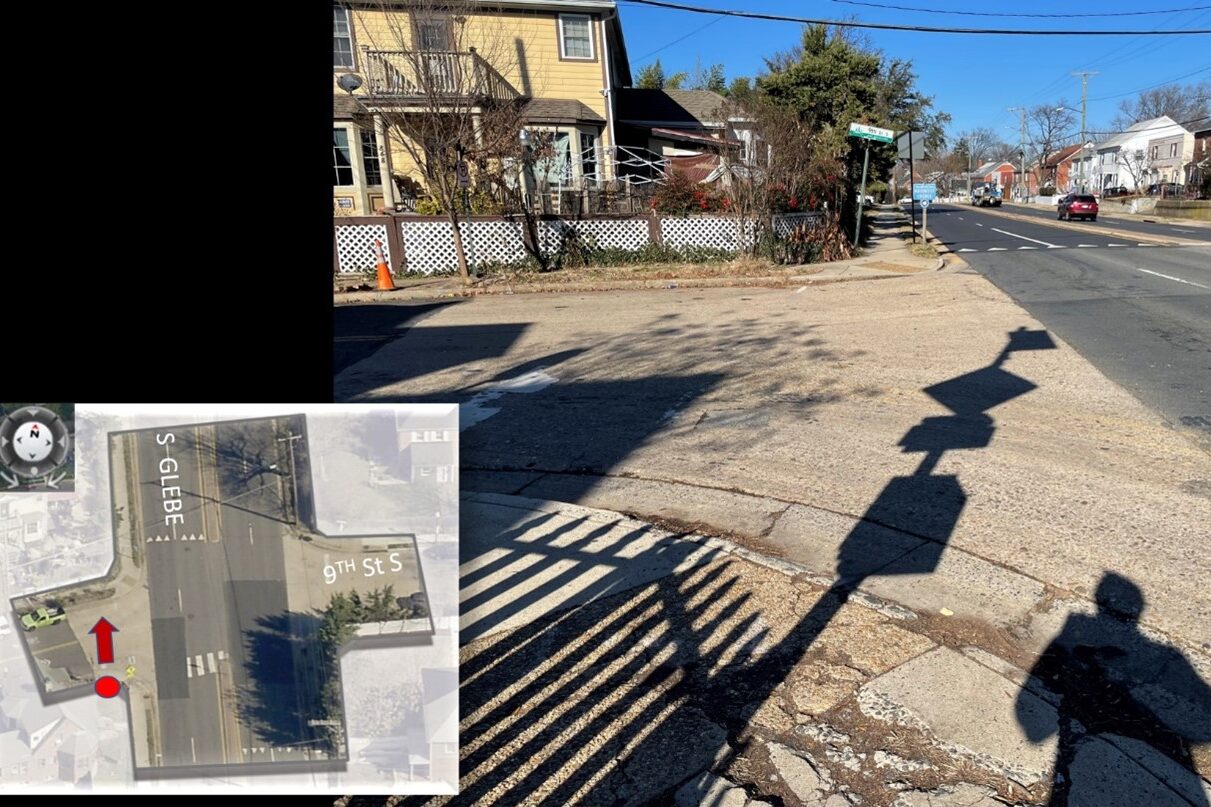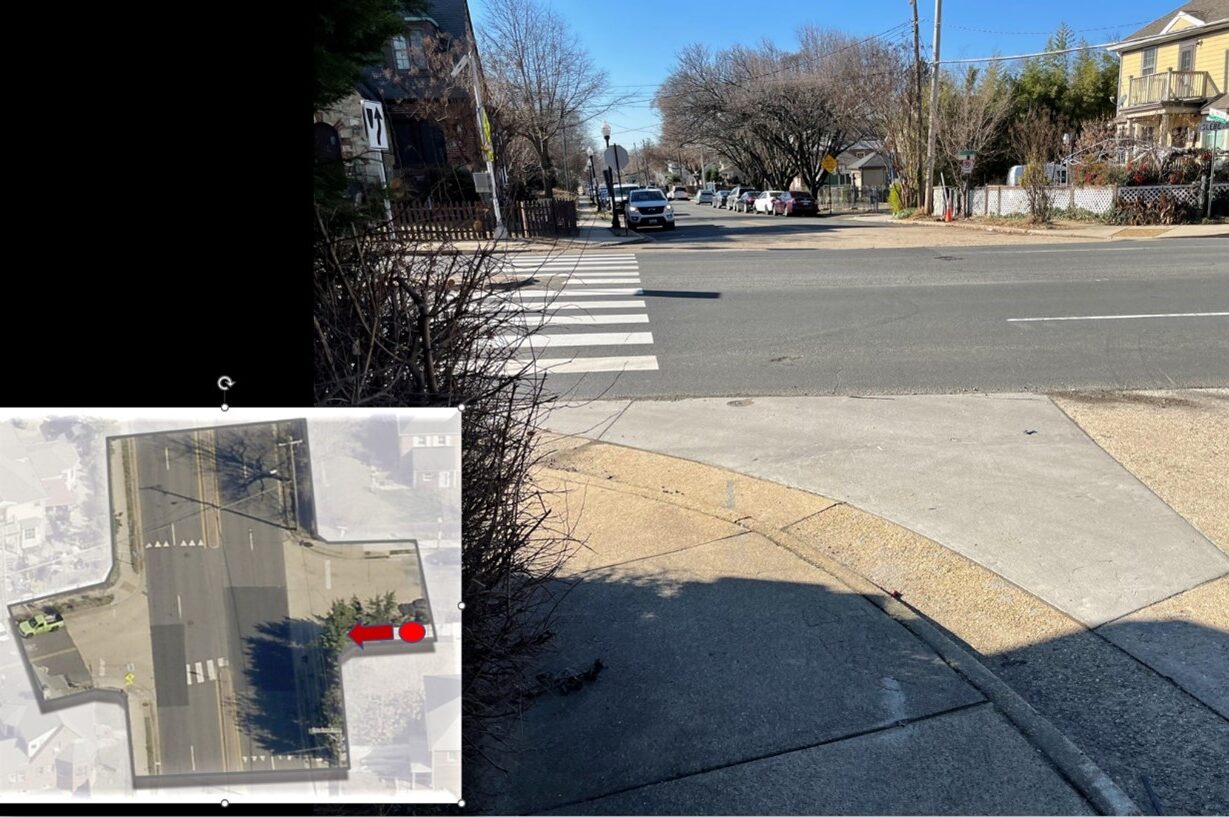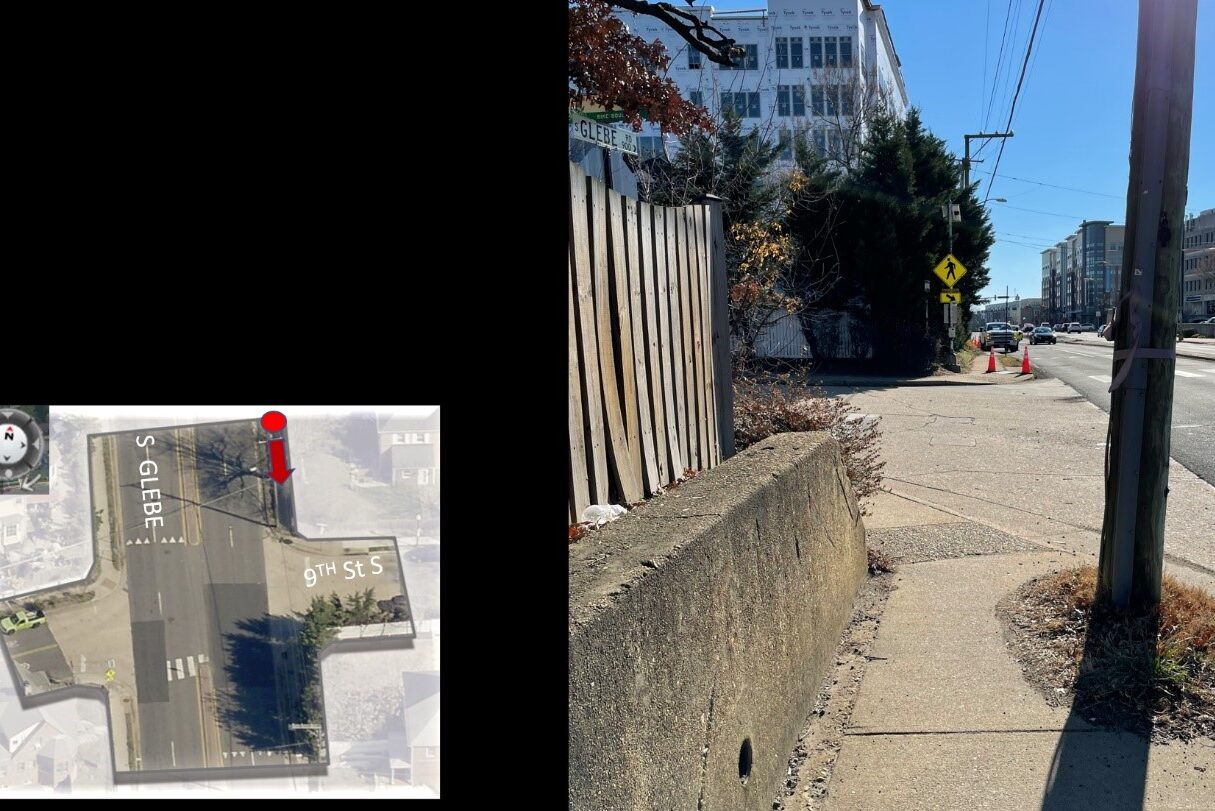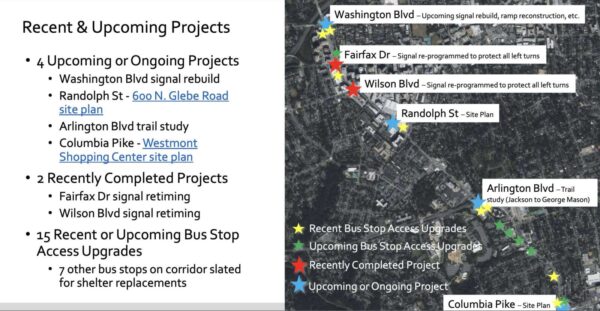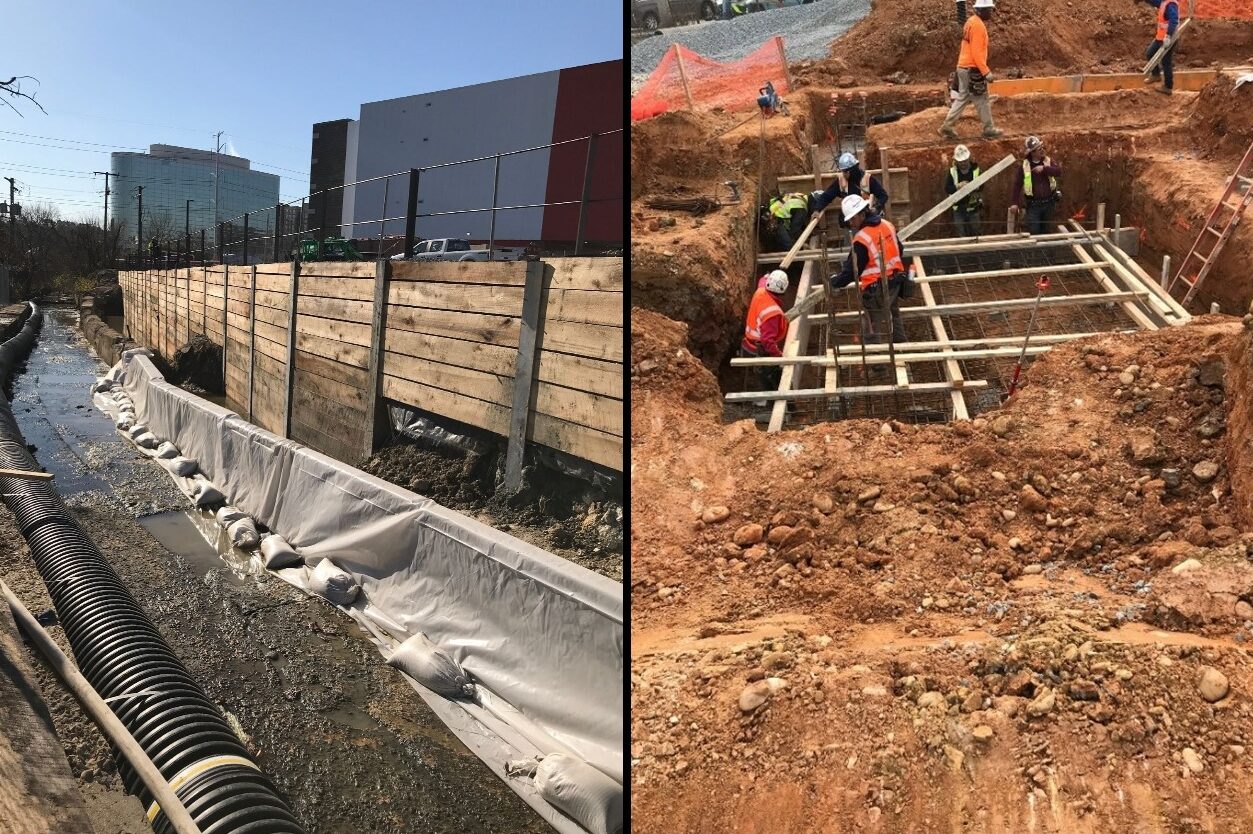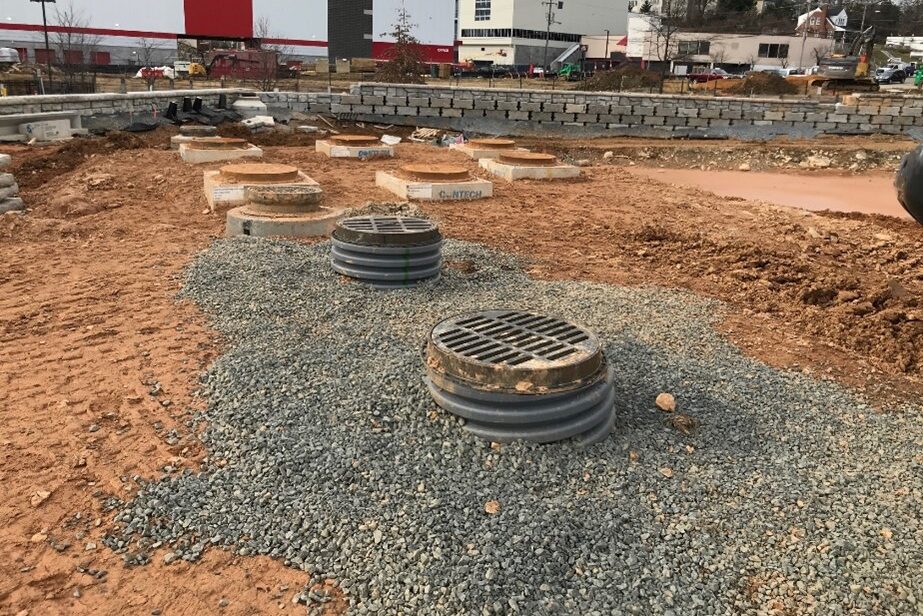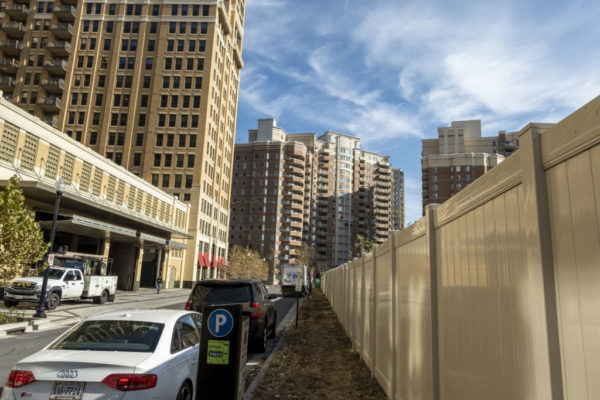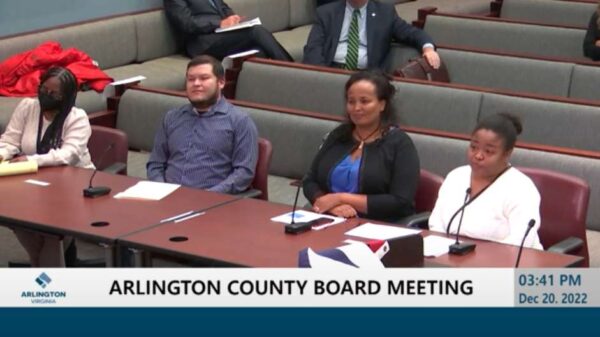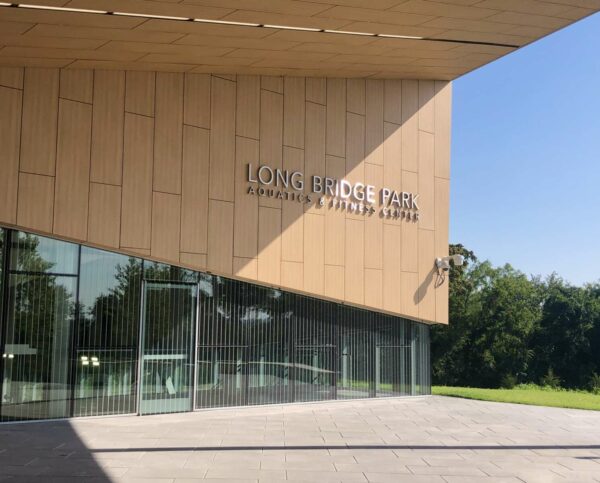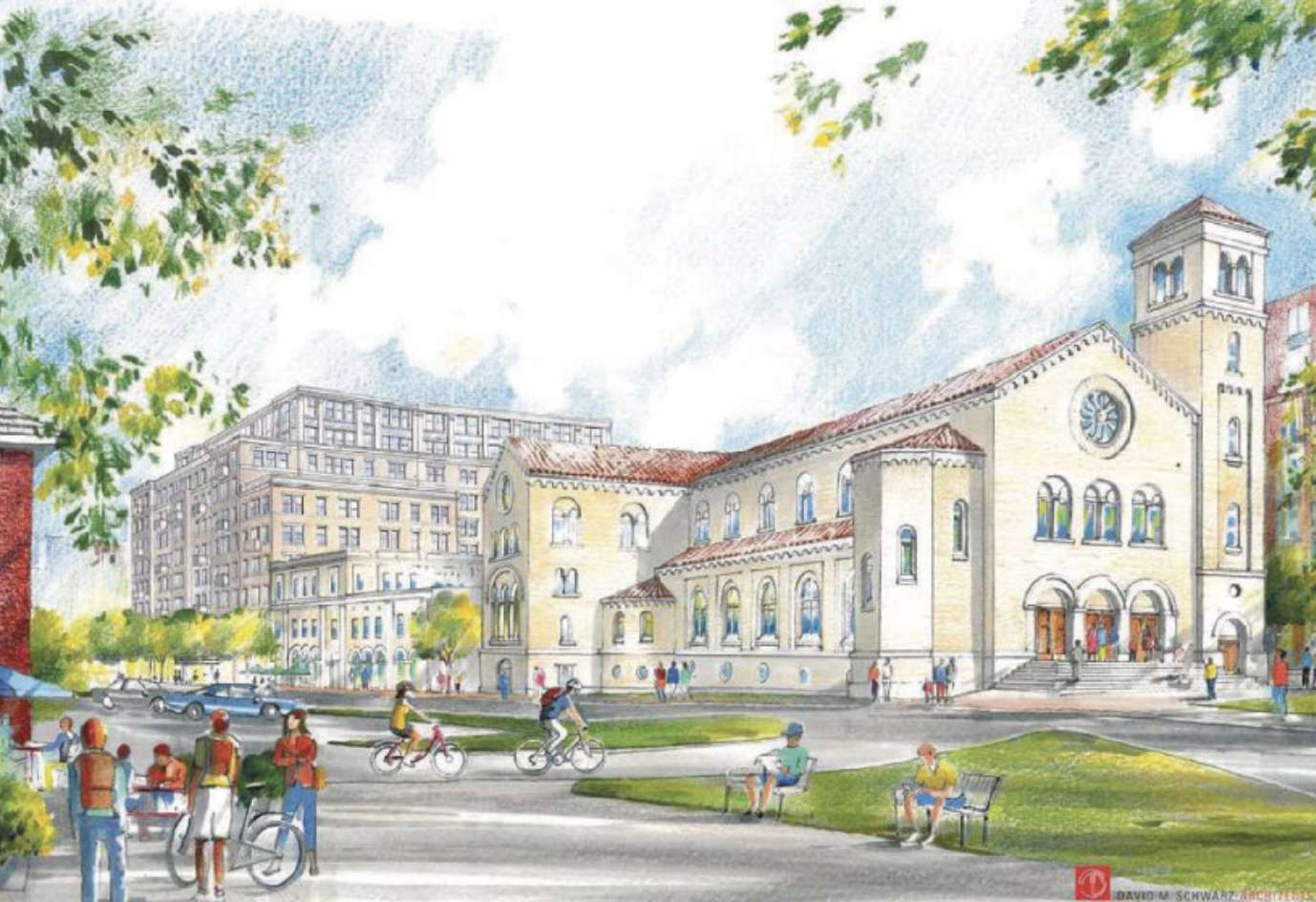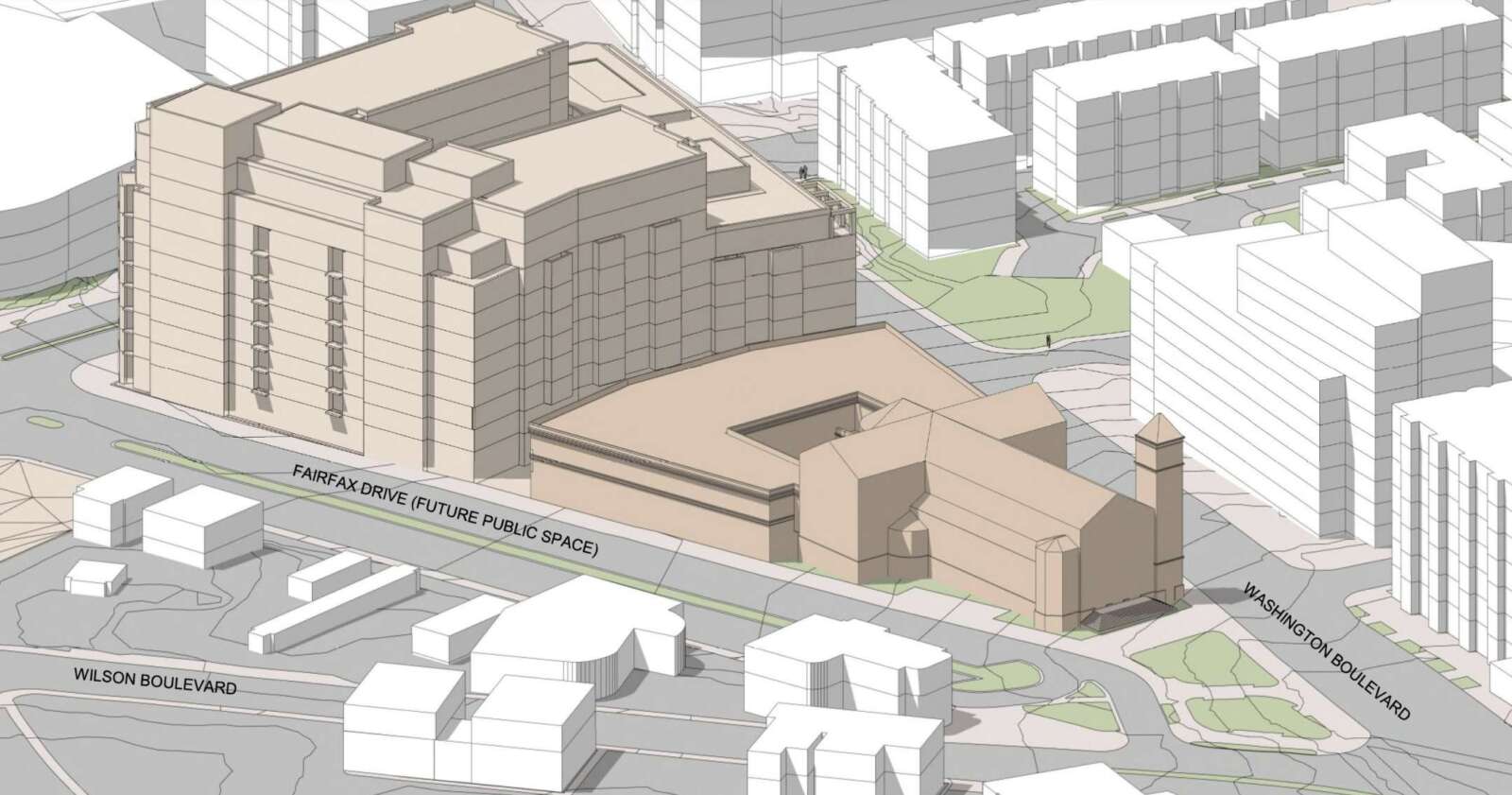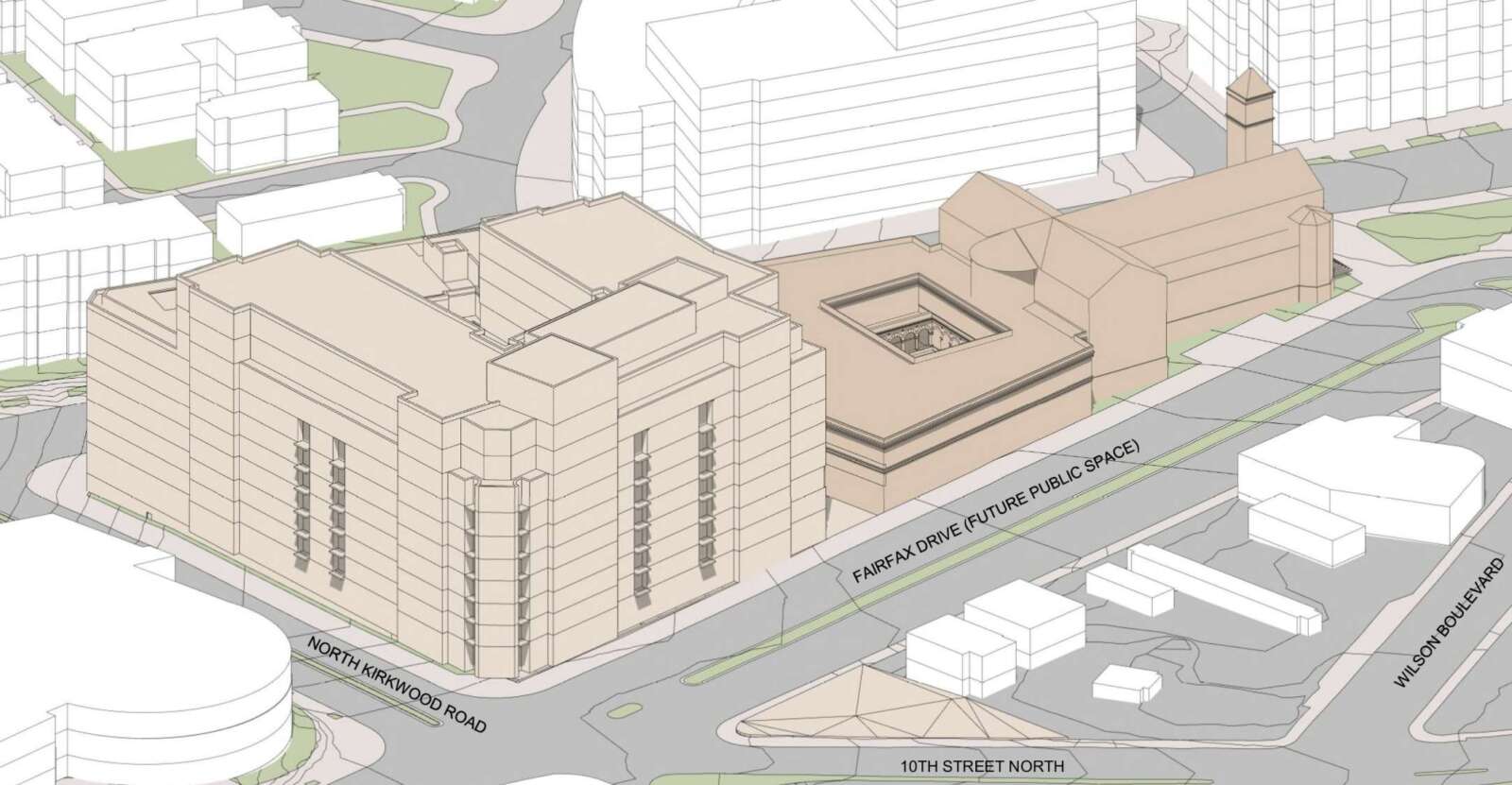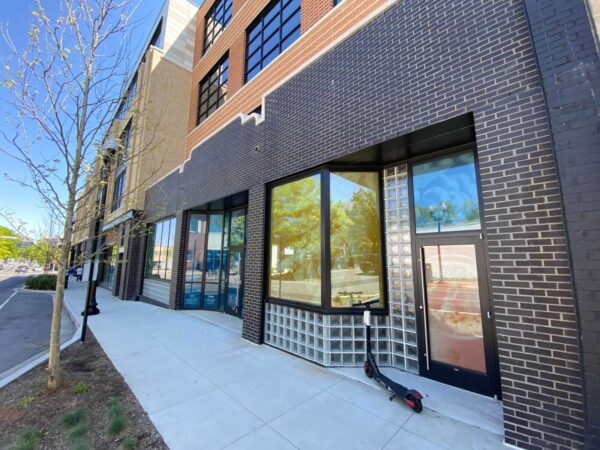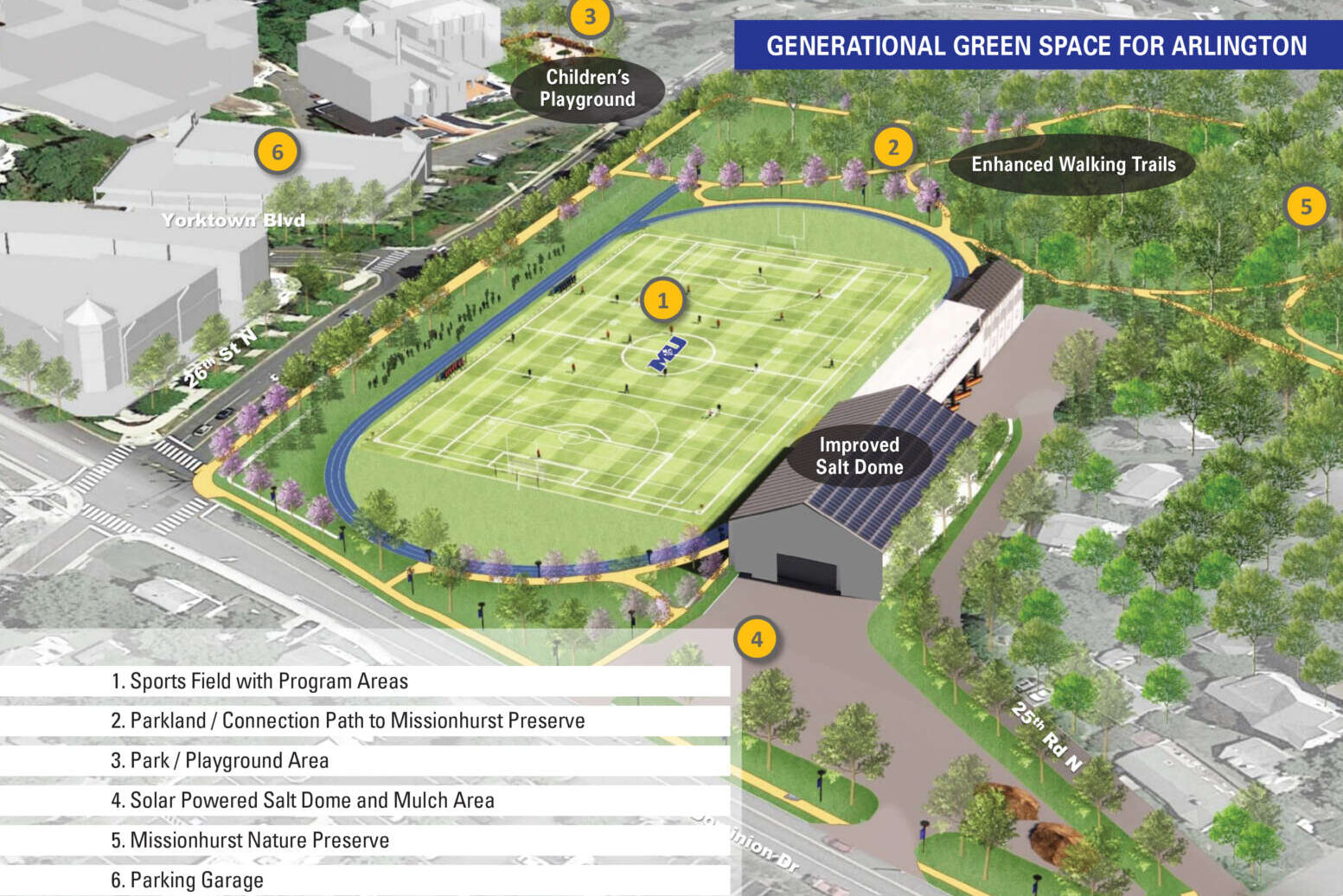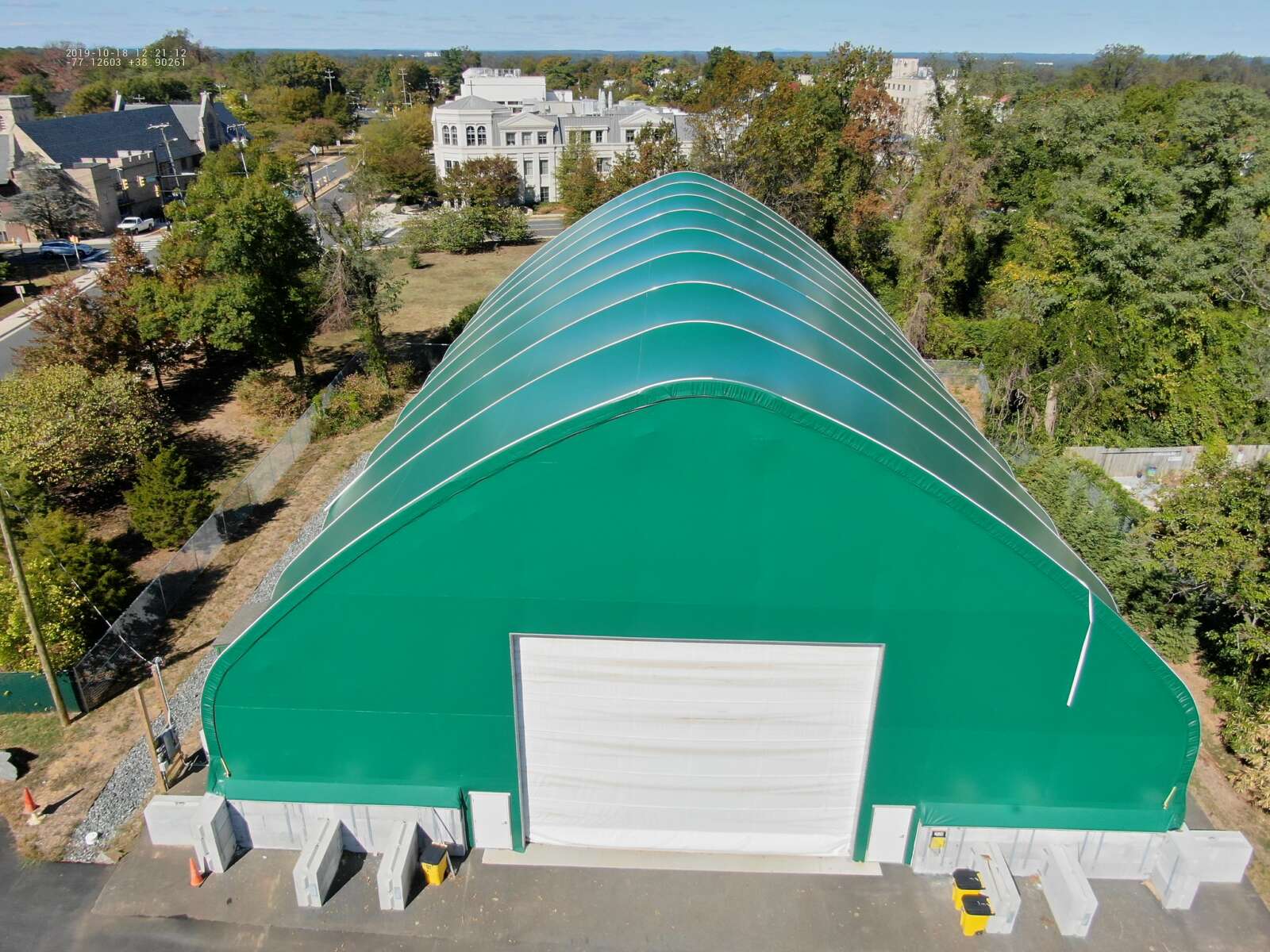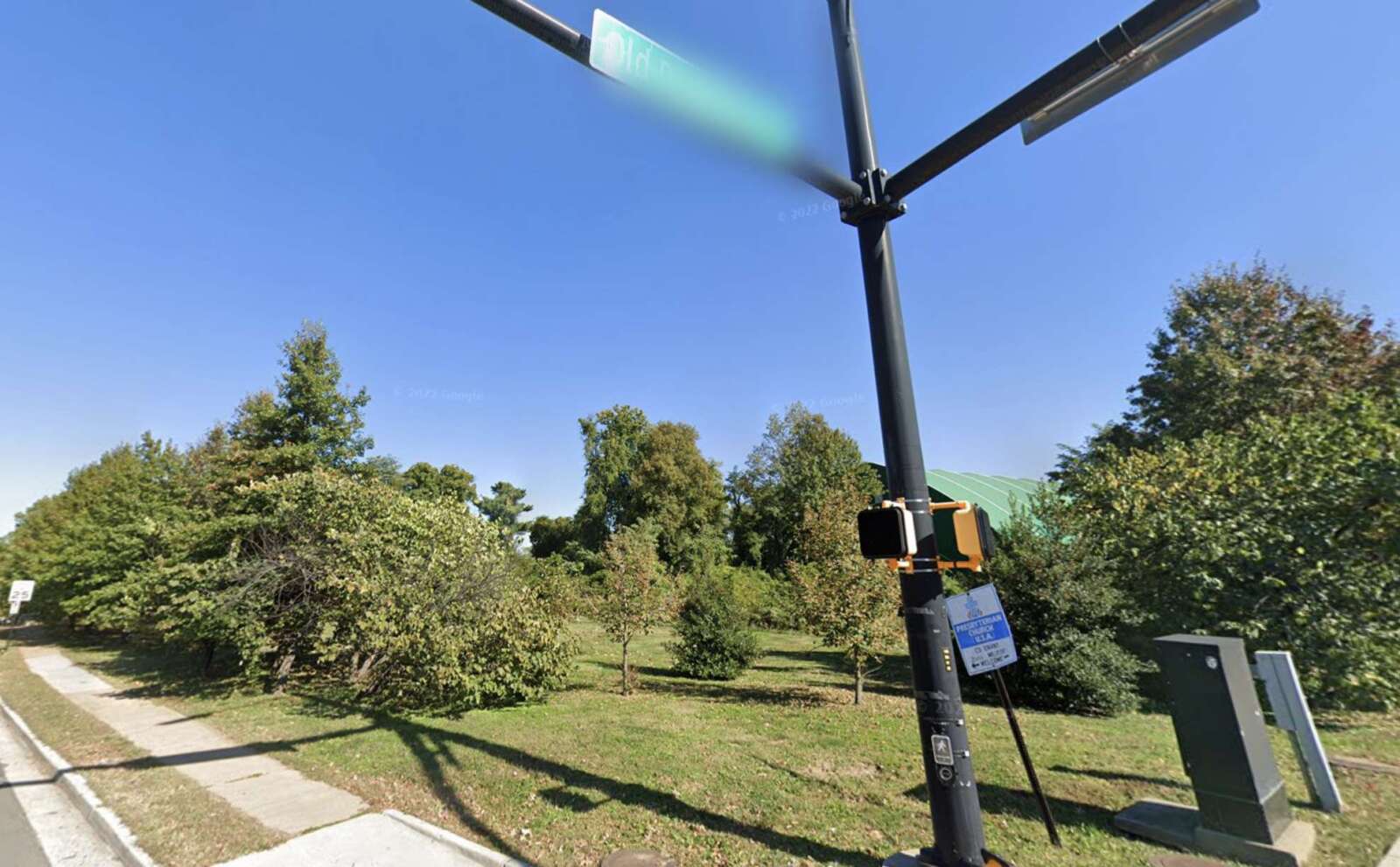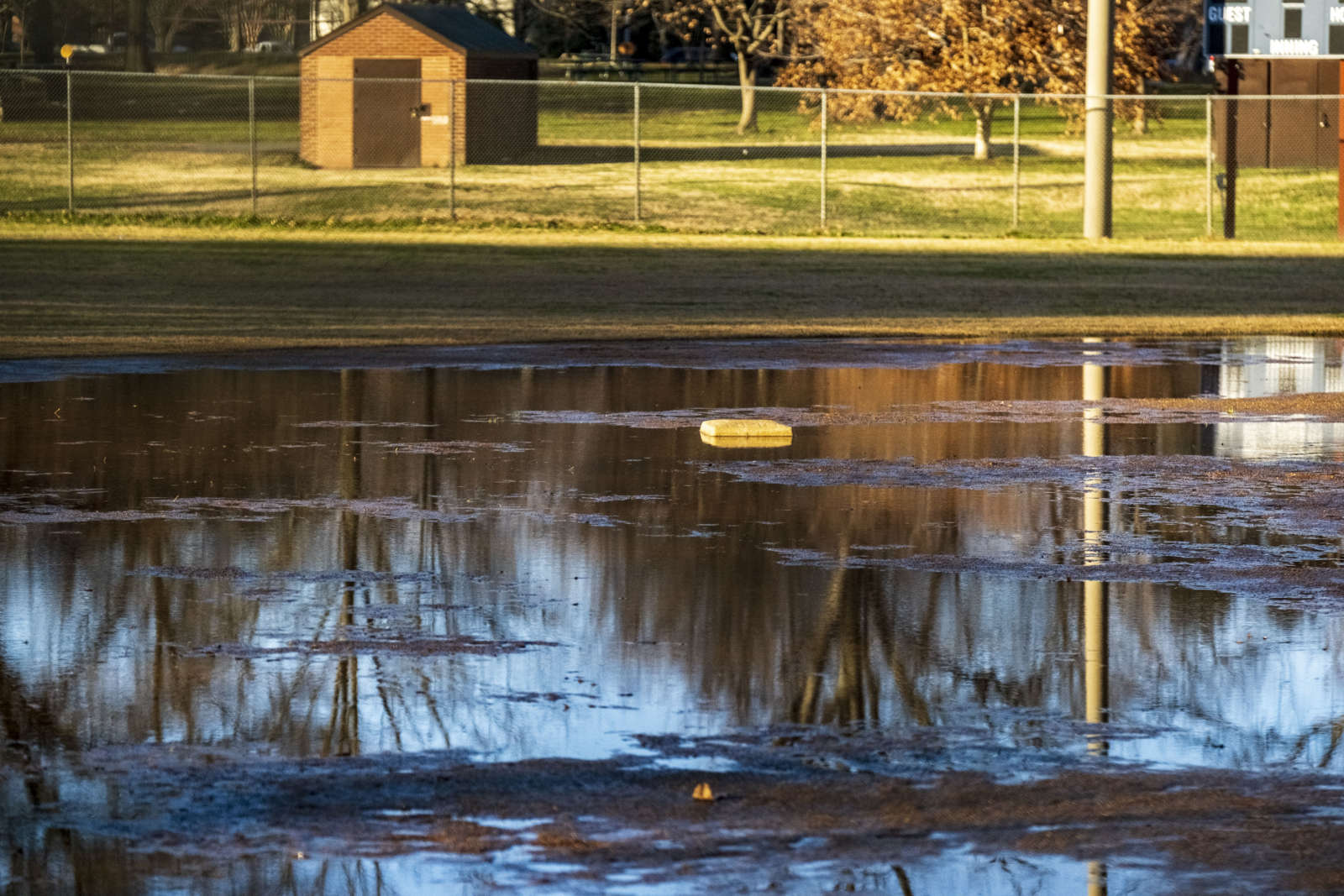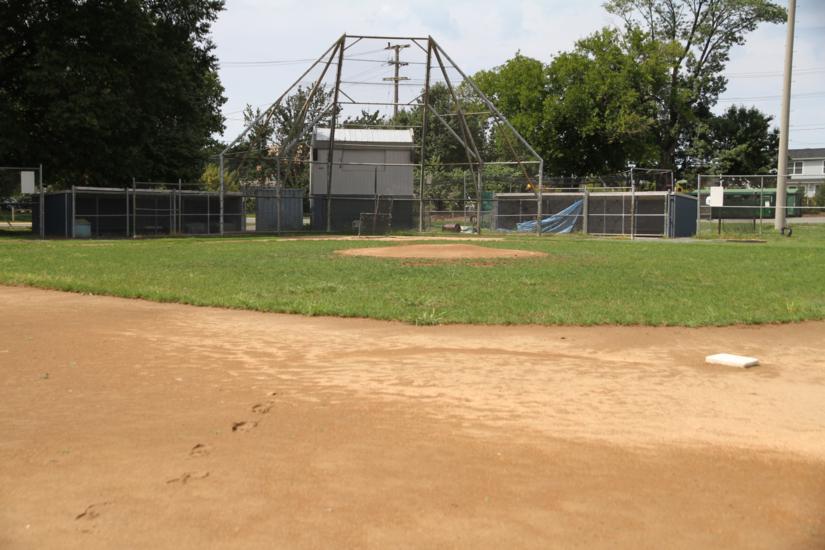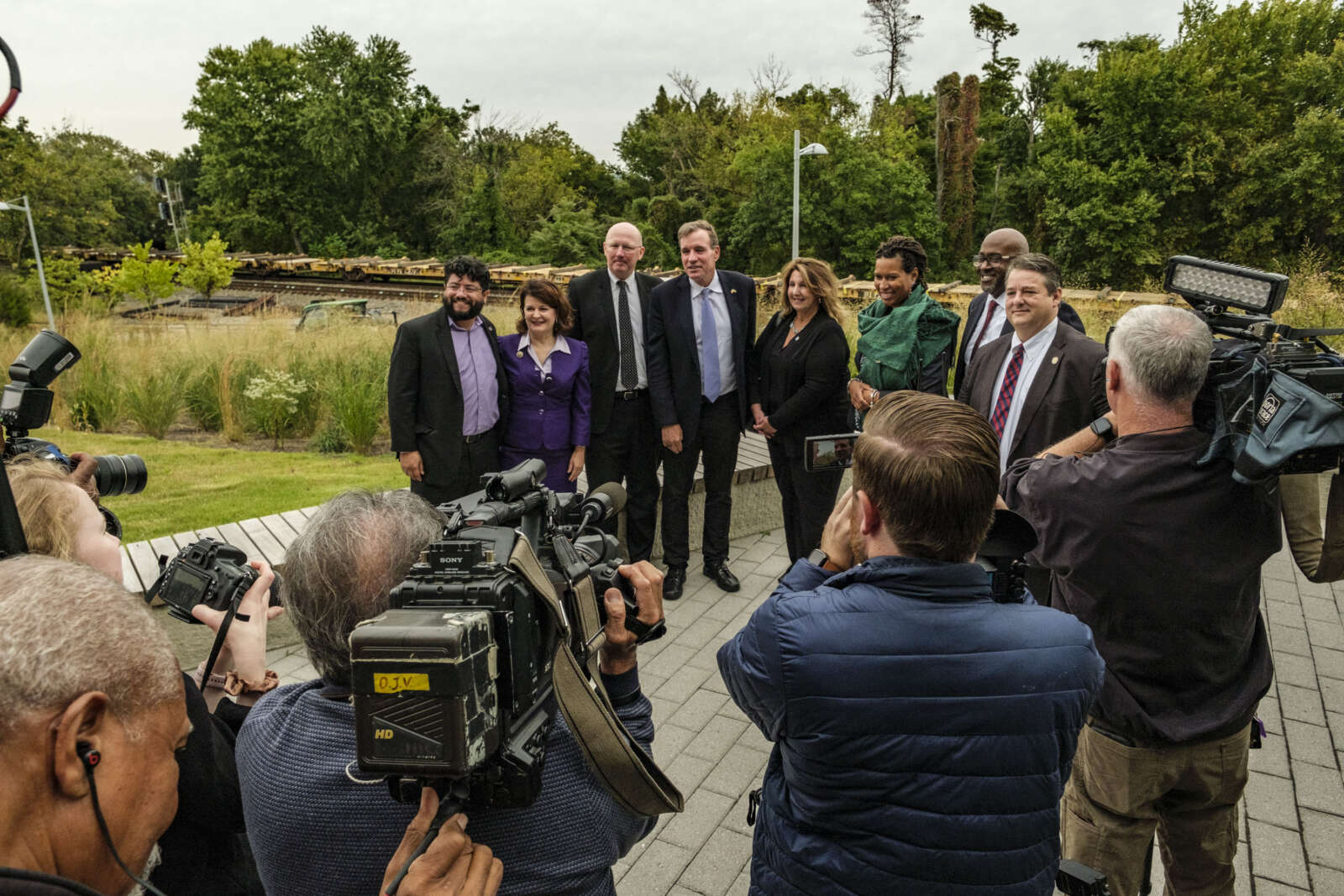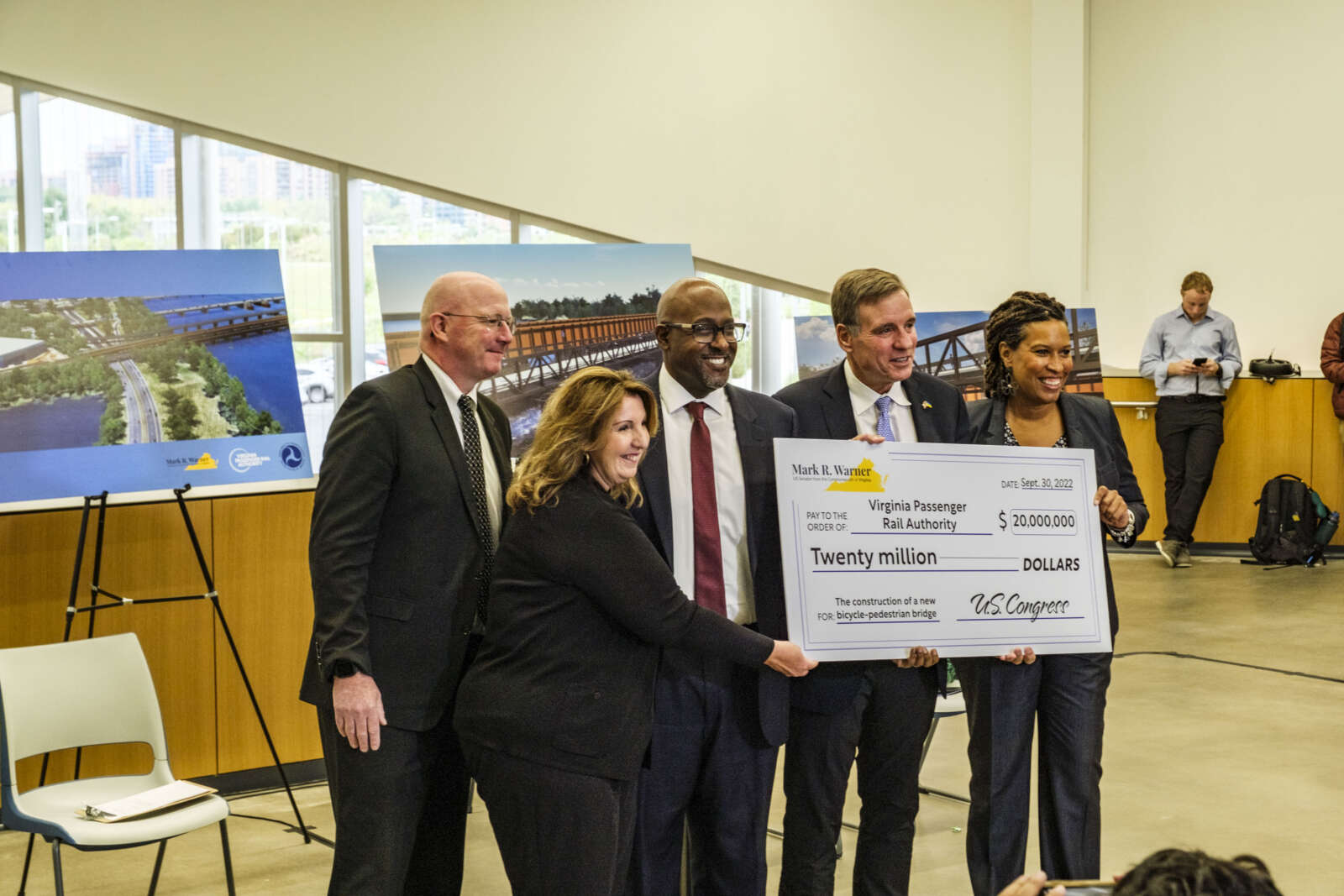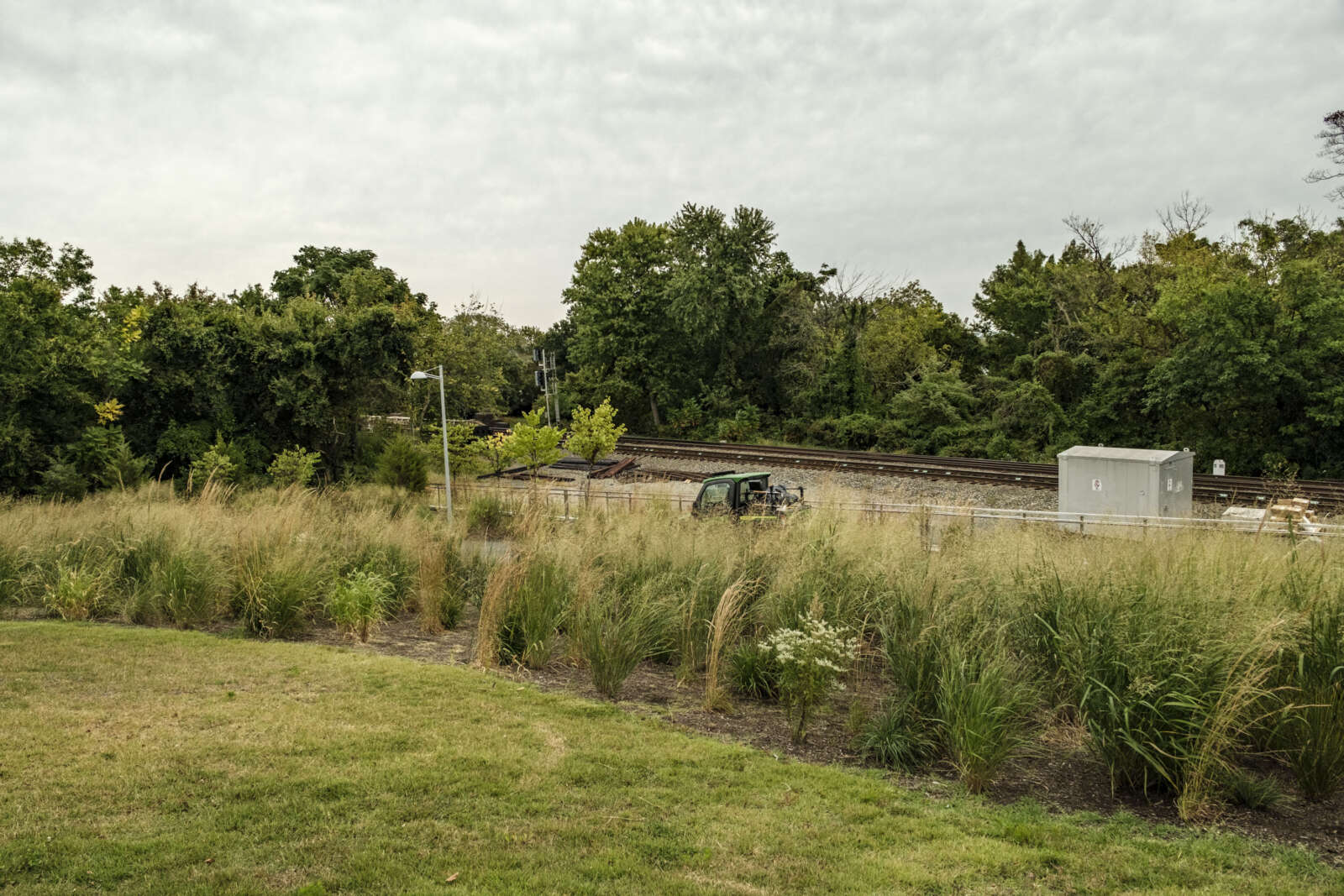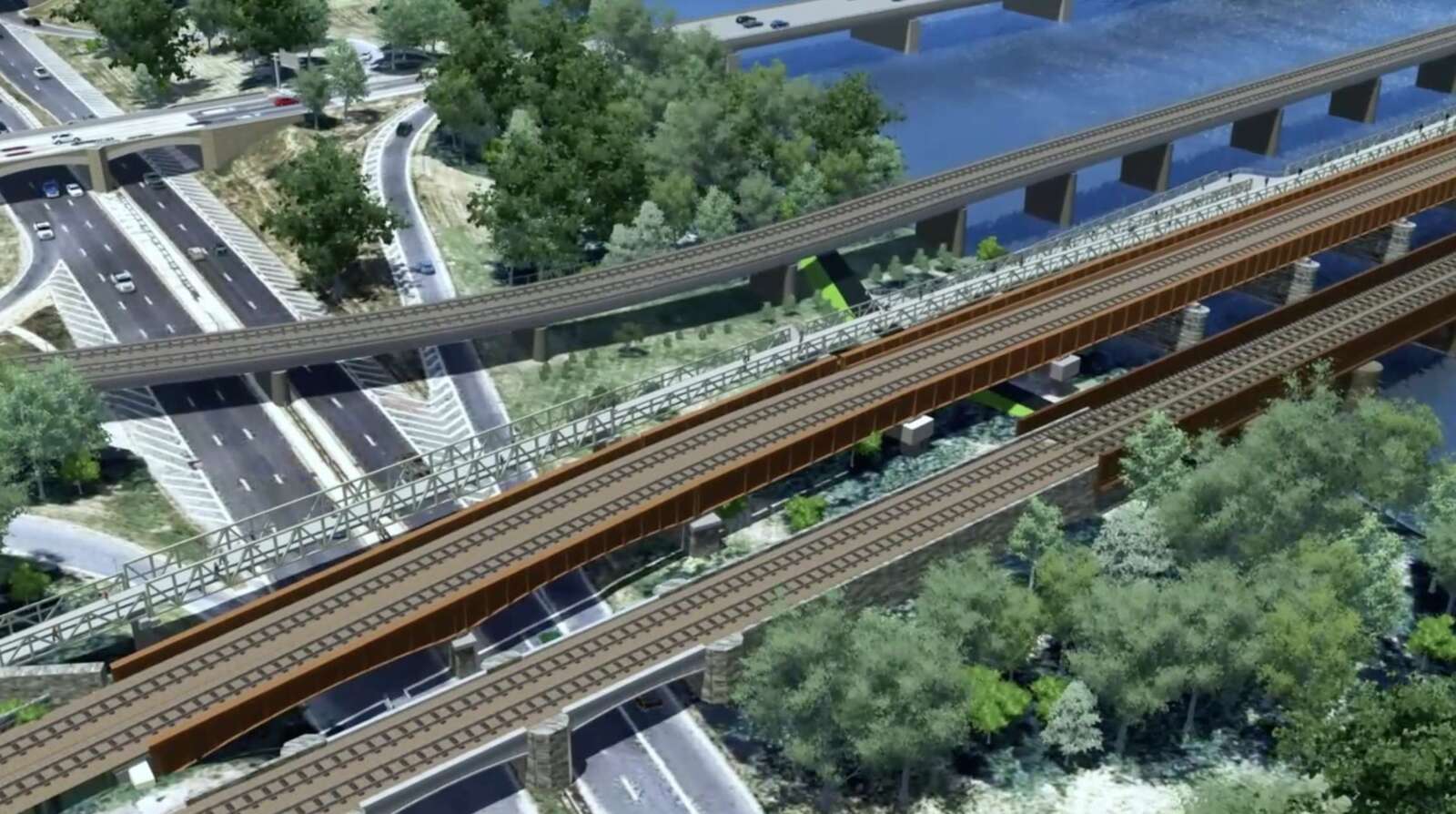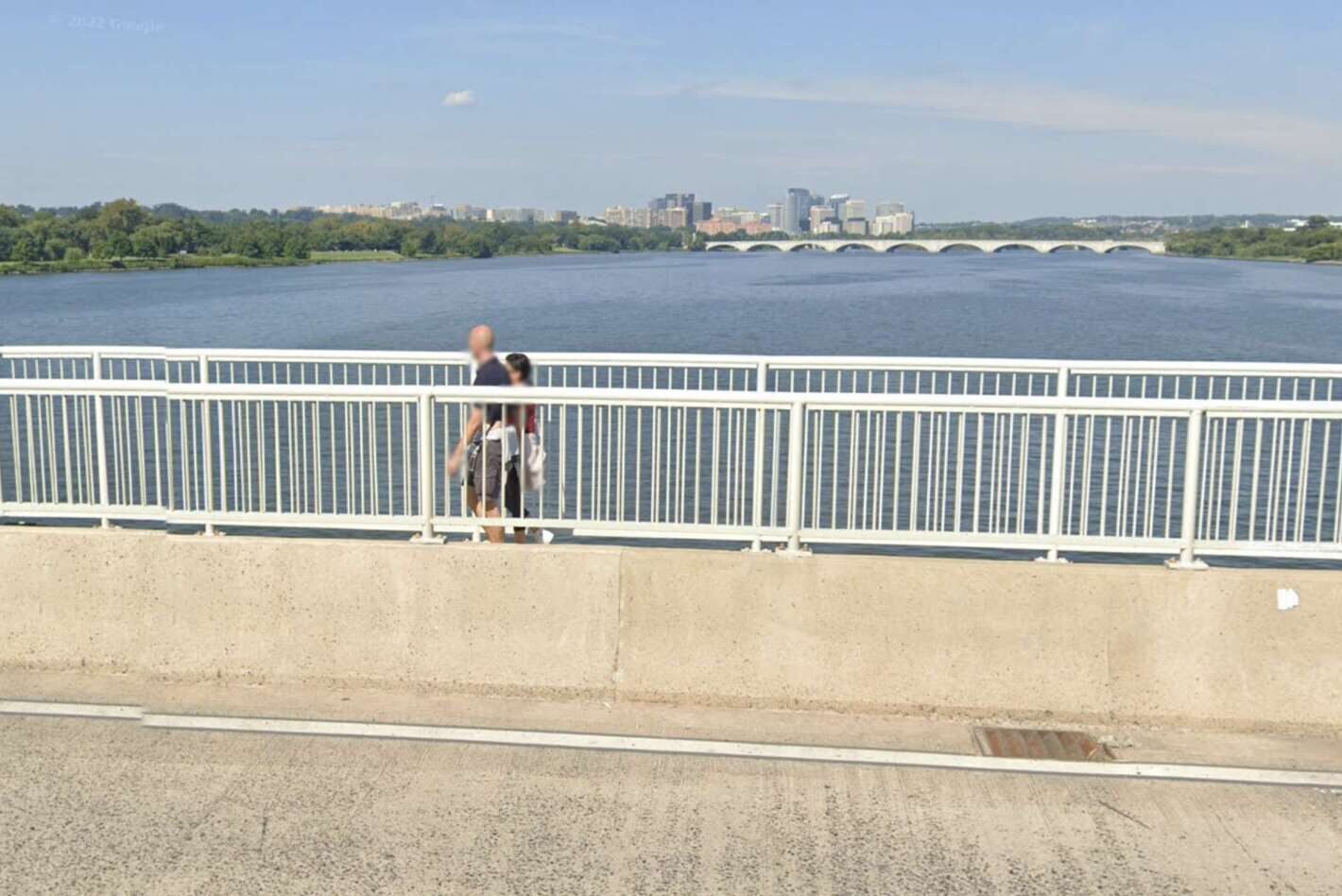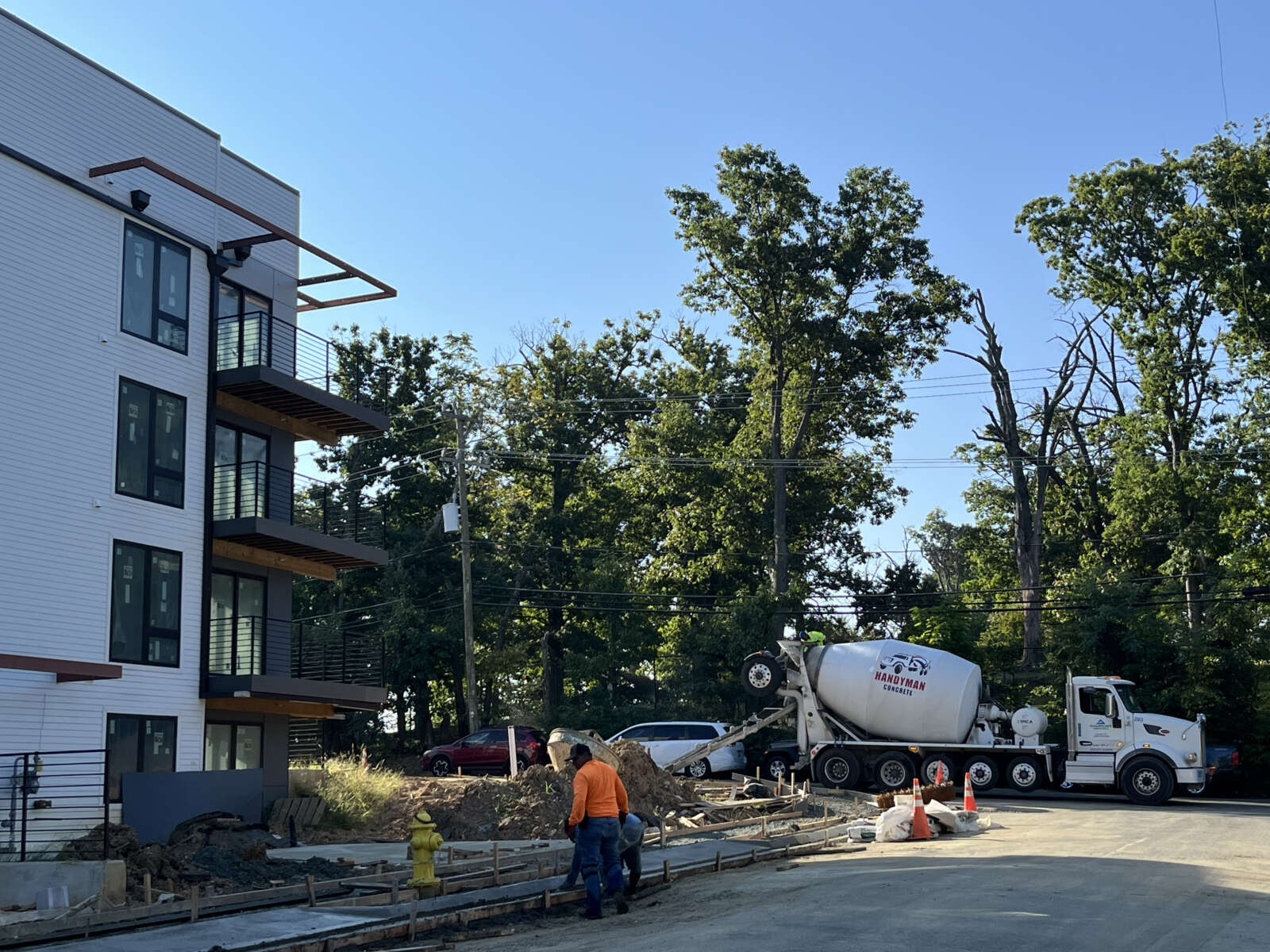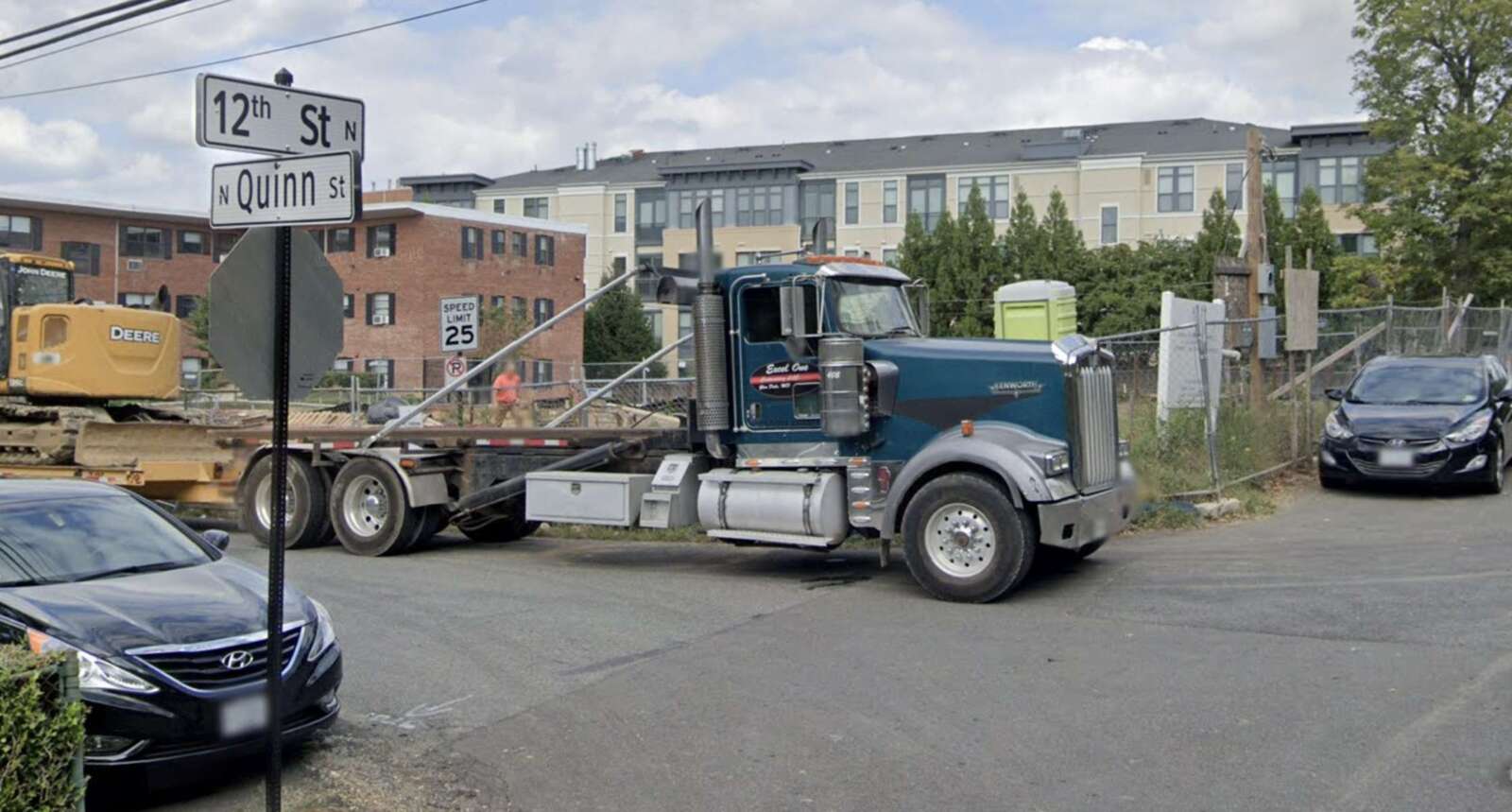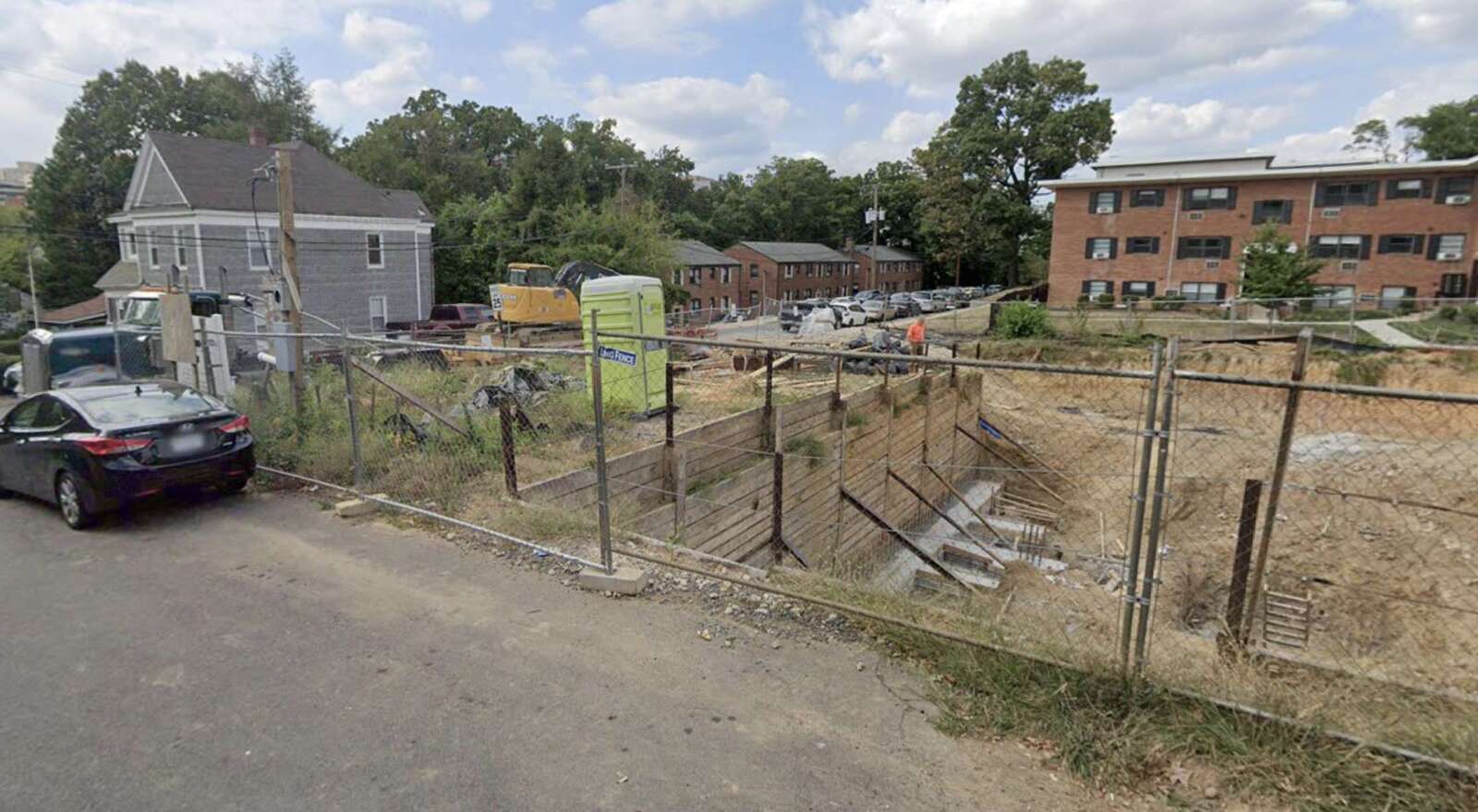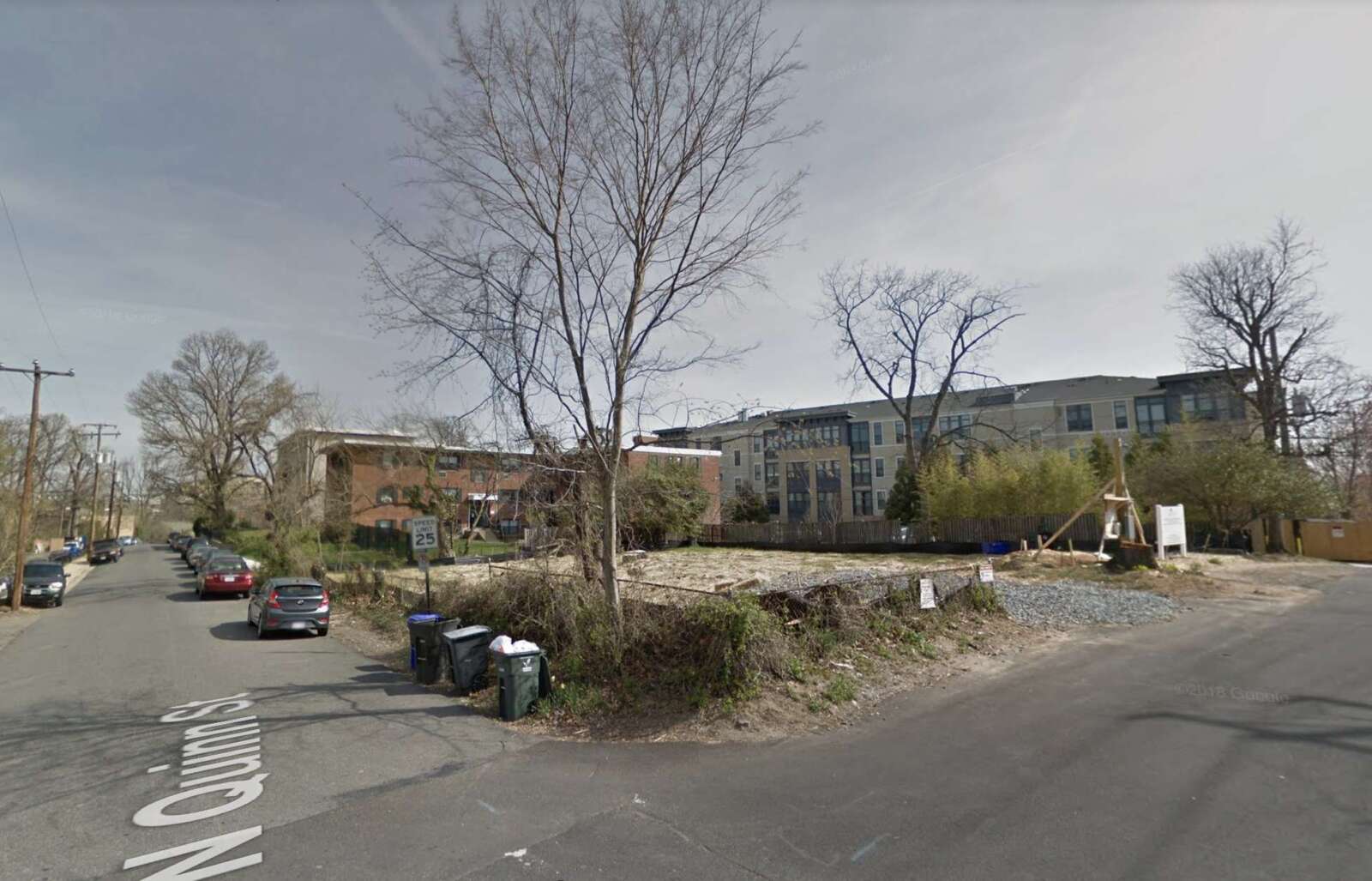Arlington County is working on plans to make safety and accessibility upgrades a trio of local streets.
Some of the changes could include adding sidewalks where there are none, removing obstructions from existing sidewalks, and extending curbs — — known as a “bump-out” — to make shorter pedestrian crossings.
Residents can learn more about this batch of “Neighborhood Complete Streets” projects in the Arlington Mill, Westover and Arlington Heights neighborhoods during a virtual meeting this coming Monday, May 8. t 7 p.m.
The projects were selected from more than 200 nominees by the Neighborhood Complete Streets Commission in February. The commission identifies and recommends for funding projects to improve the experience of cyclists and pedestrians — particularly those who need ramps or wider sidewalks to get around, such as people using wheelchairs or pushing strollers.
“Sidewalks free and clear of obstructions, streetlights, Americans with Disabilities Act-accessible curb ramps, safe space for bikes and appropriate street widths — these are all elements of a complete street,” per a county webpage.
Next week’s meeting will cover three projects selected after a competitive ranking process that considered gaps in sidewalks, heavy pedestrian use, speeding problems and surrounding socio-economic diversity.
On 8th Road S. between S. Dickerson and S. Emerson streets, in the Arlington Mill neighborhood, the county proposes building curb ramps accessible to people with disabilities and installing pedestrian bump-outs and other relevant signage and pavement markings.
“Existing conditions include complete sidewalks on both sides of the street and large intersections, which increase crossing distances for people walking,” per a project webpage. “Curb ramps are blocked by parked vehicles.”
The commission recommended 8th Road S. because of its crash history, traffic, high residential population, proximity to transit and location within a census tract that is lower income and more diverse.
On 14th Street N., in the Westover neighborhood, the county will install an accessible sidewalk for people walking between N. McKinley Road and the intersection with N. Ohio Street.
Arlington proposes installing sidewalk, curb and gutter, accessible curb ramps and new signage and pavement markings on the north side of the street.
The street won out over others because it is close to schools, transit and bike facilities but lacks consistent sidewalks, according to a project webpage.
Lastly, S. Irving Street near Thomas Jefferson Middle School is set to get an accessible, unobstructed widewalk between 2nd and 6th Street S. The upgrades will connect to a planned new sidewalk between 6th and 7th Street S.
Currently, the sidewalk on both sides are obstructed by utility poles and streetlights, according to the county.
The street projects are in a preliminary design phase and, as such, could change. None have “undergone any detailed survey or design work” or have been approved for funding, according to the county.
More opportunities for community engagement will arise as the designs are further developed, the county says.


